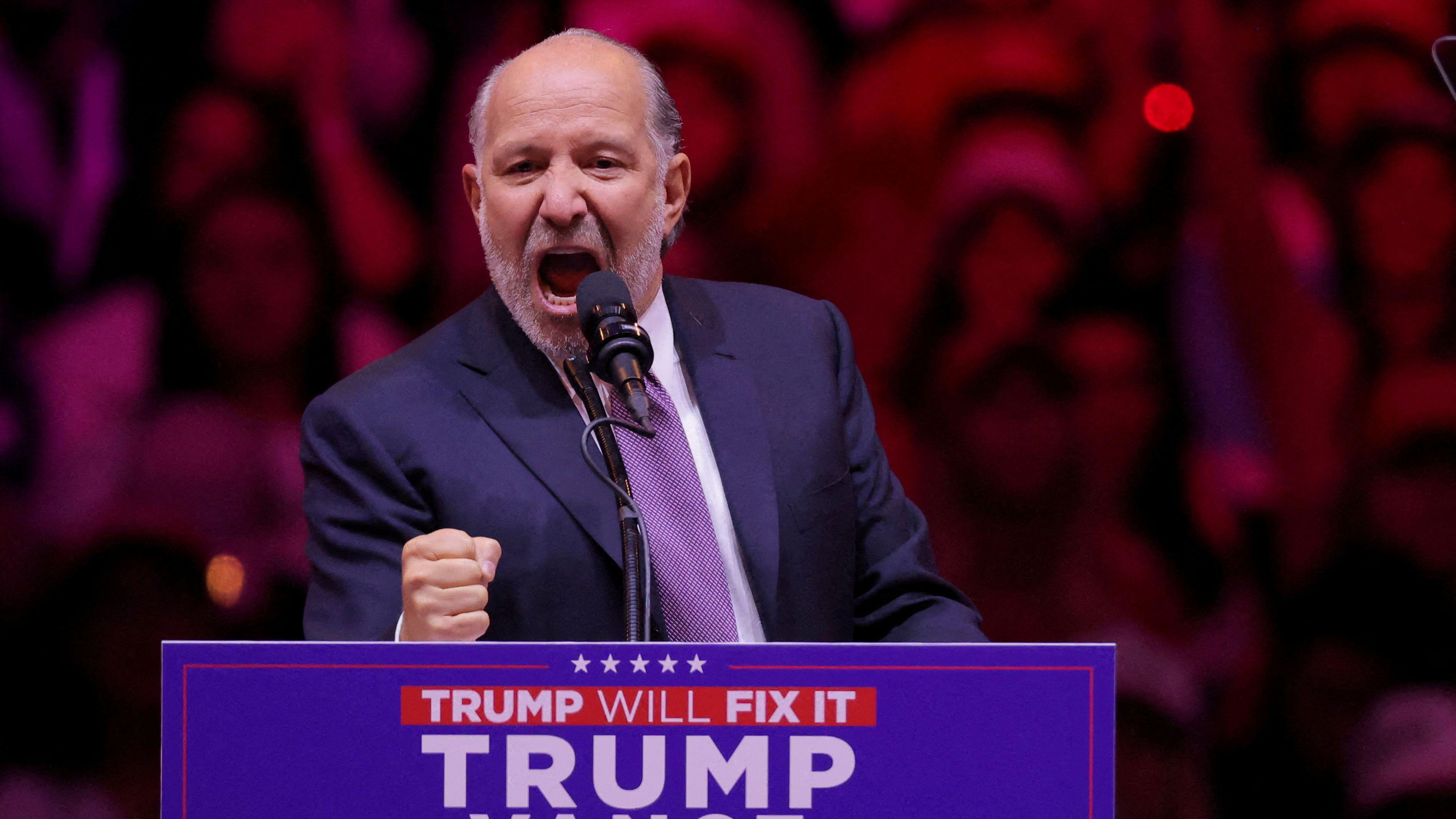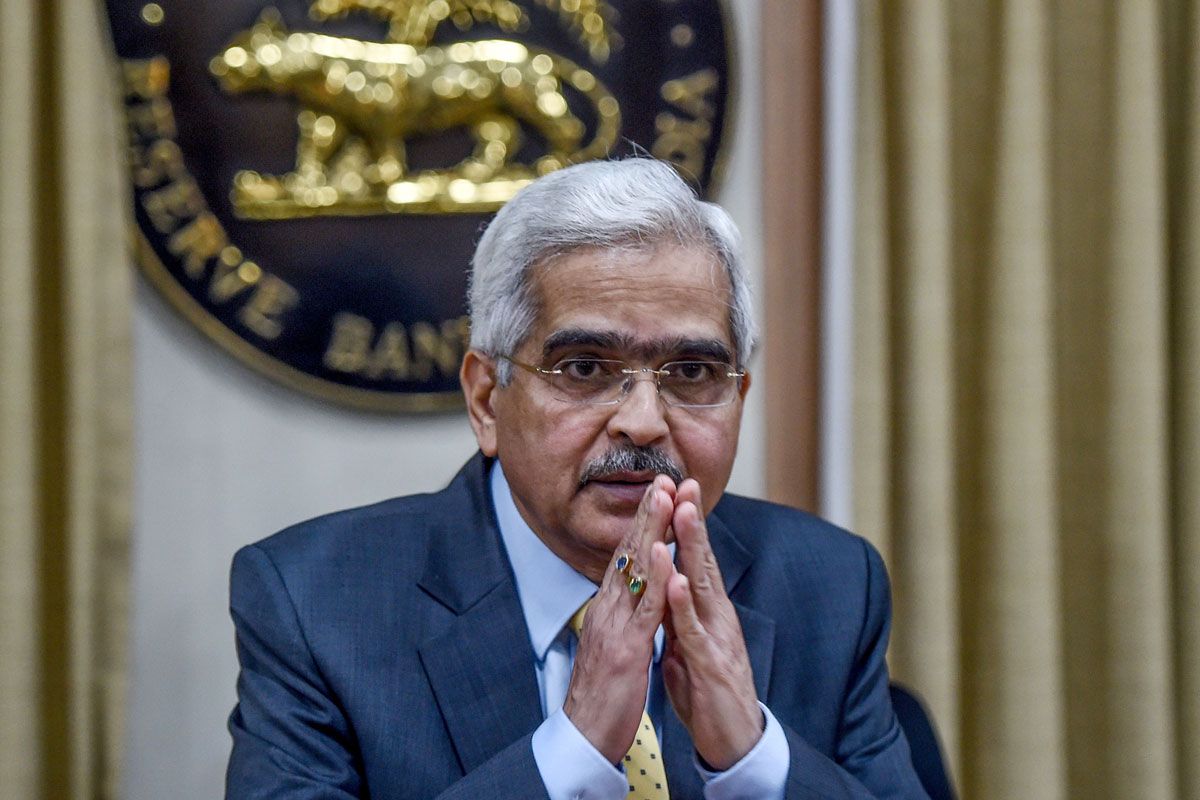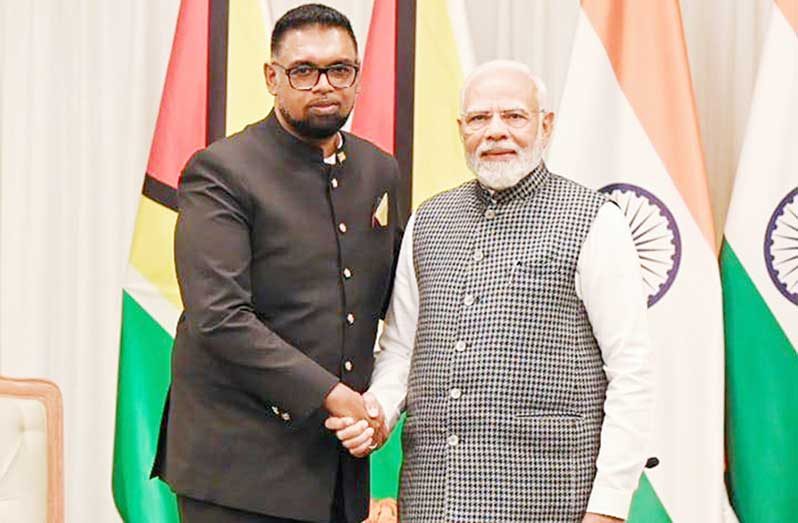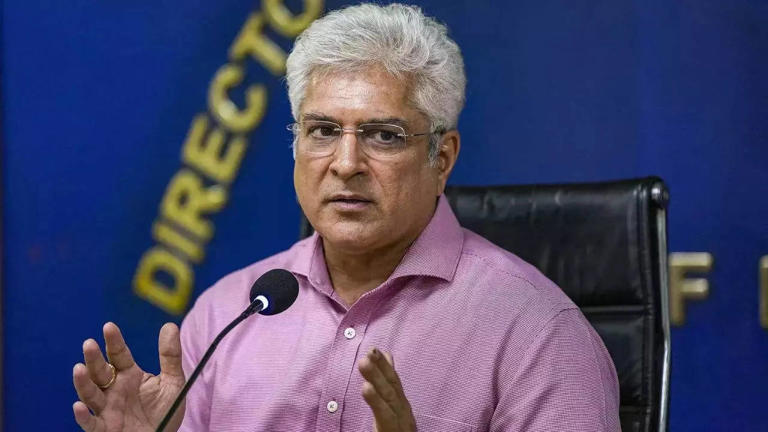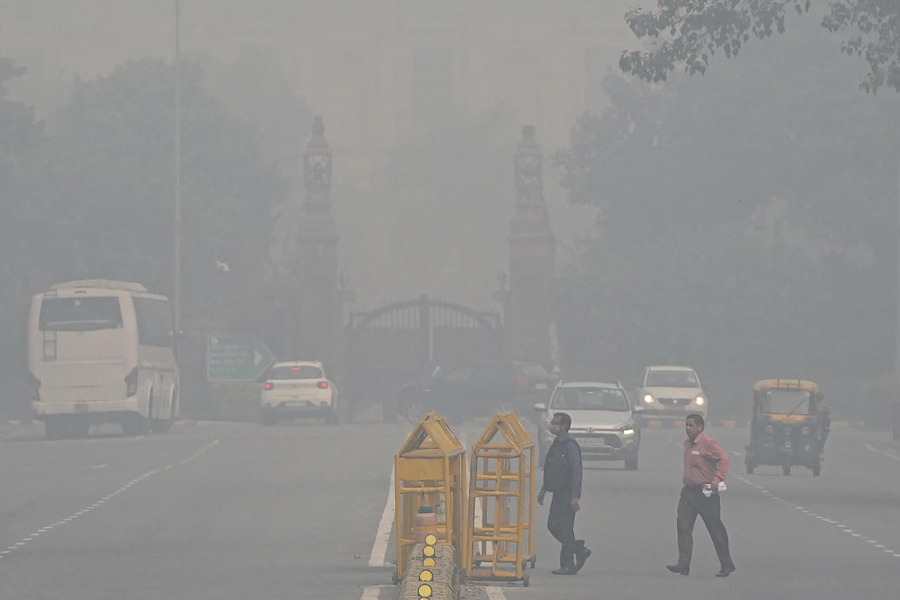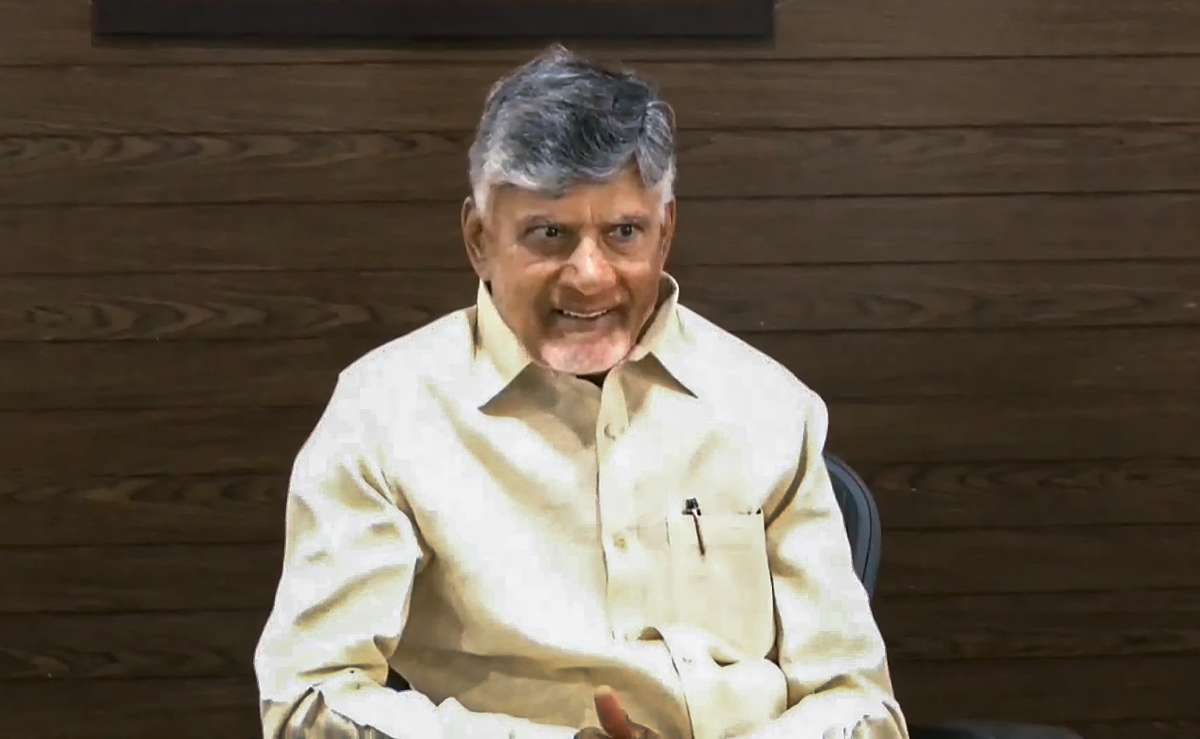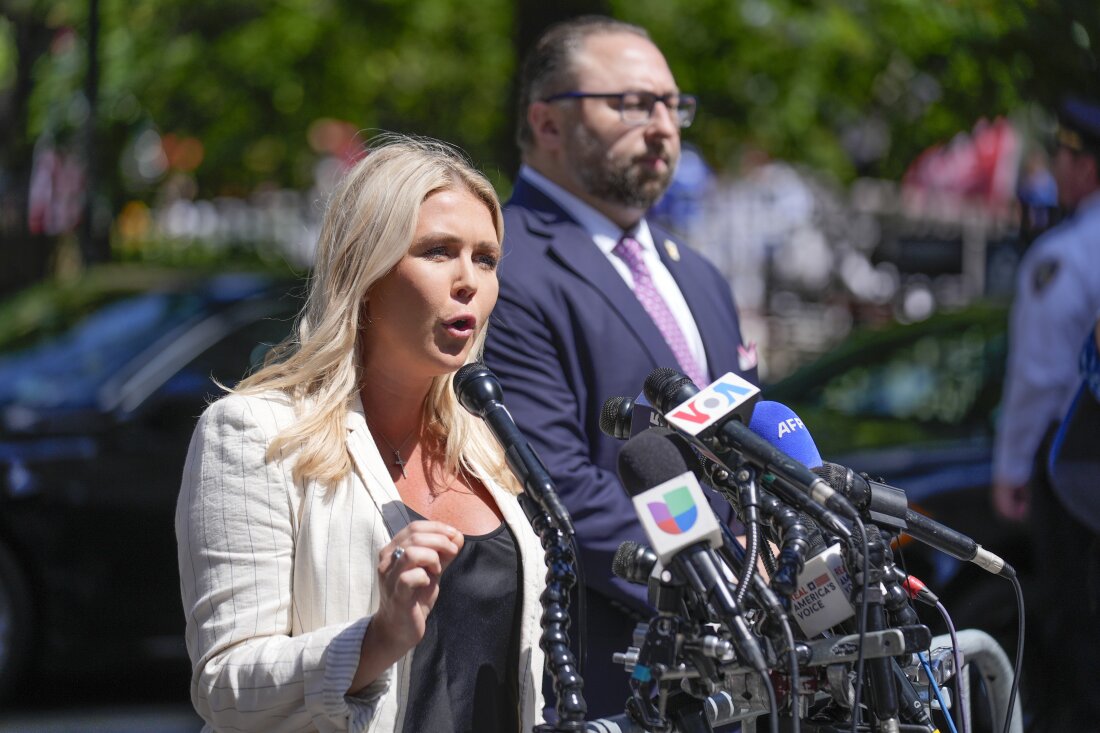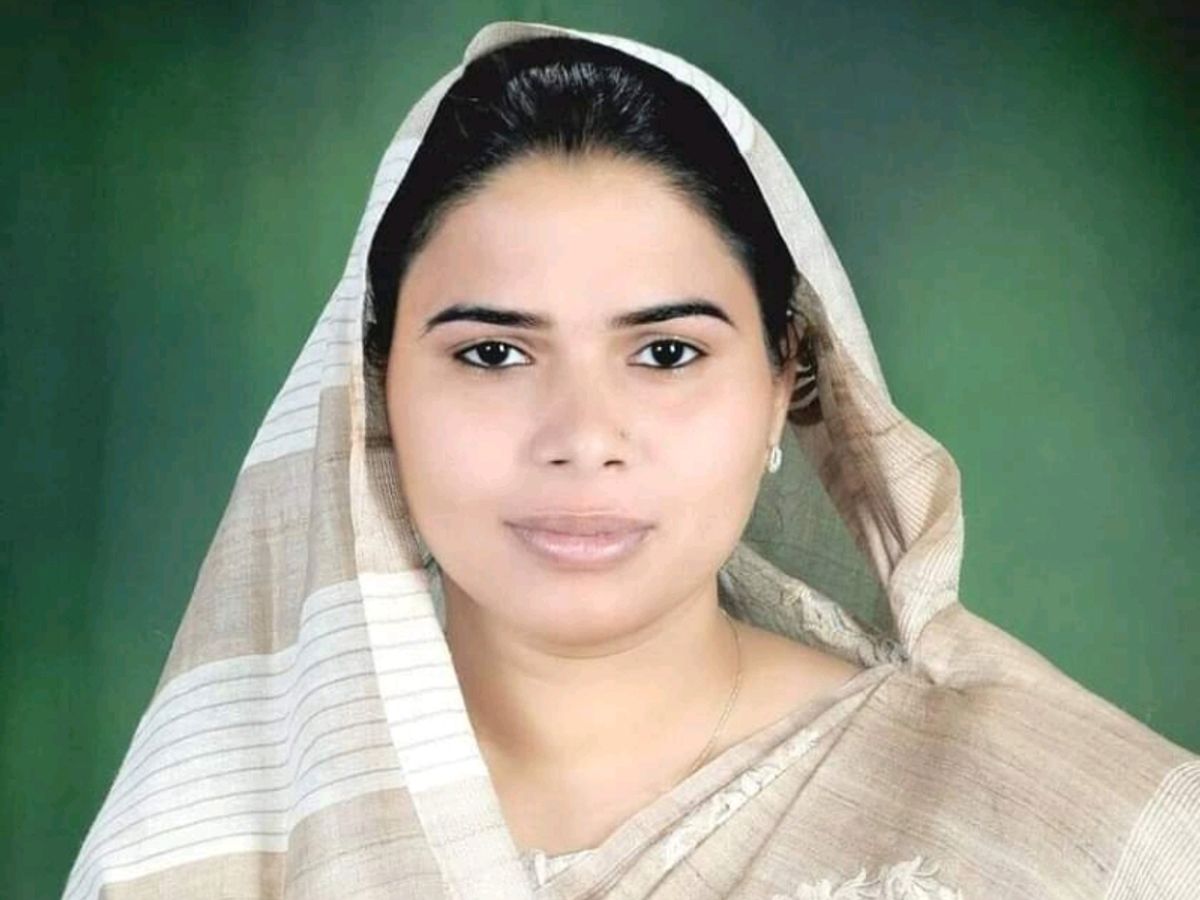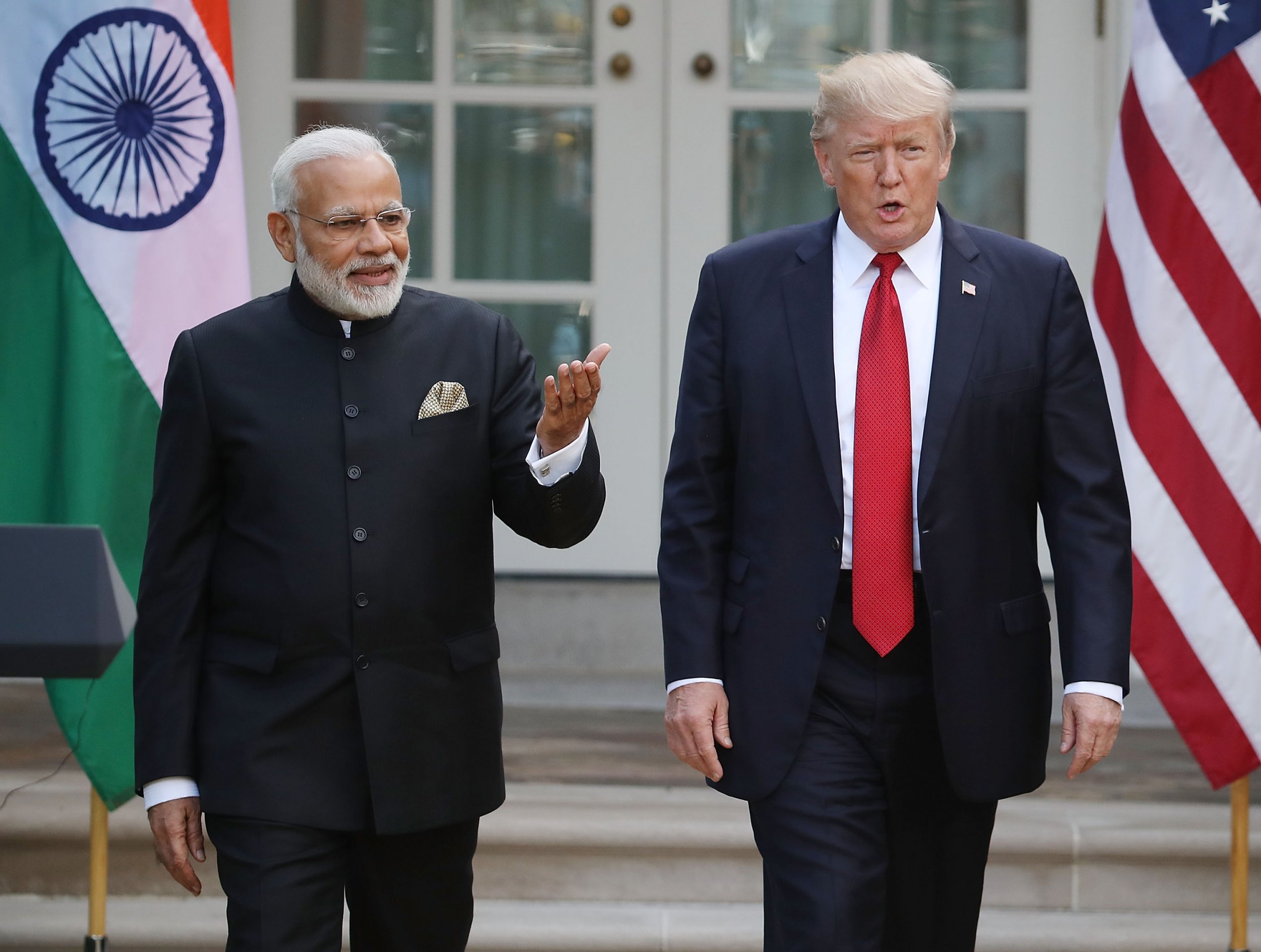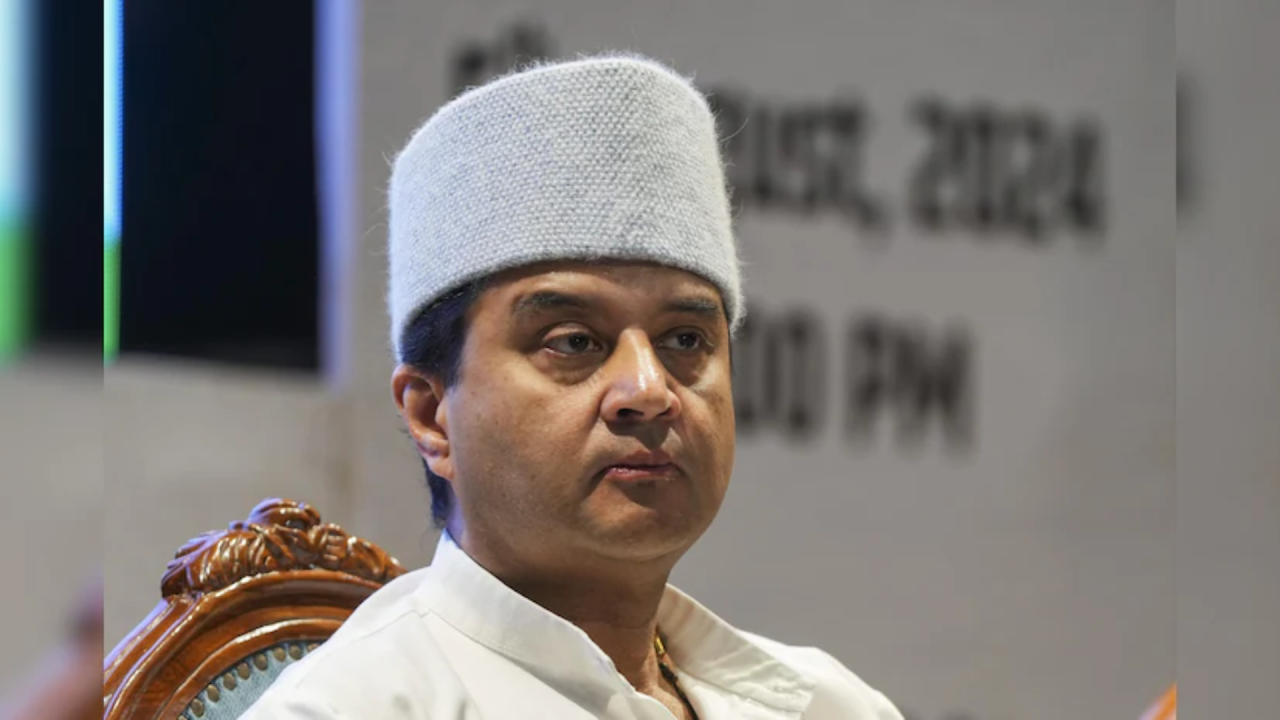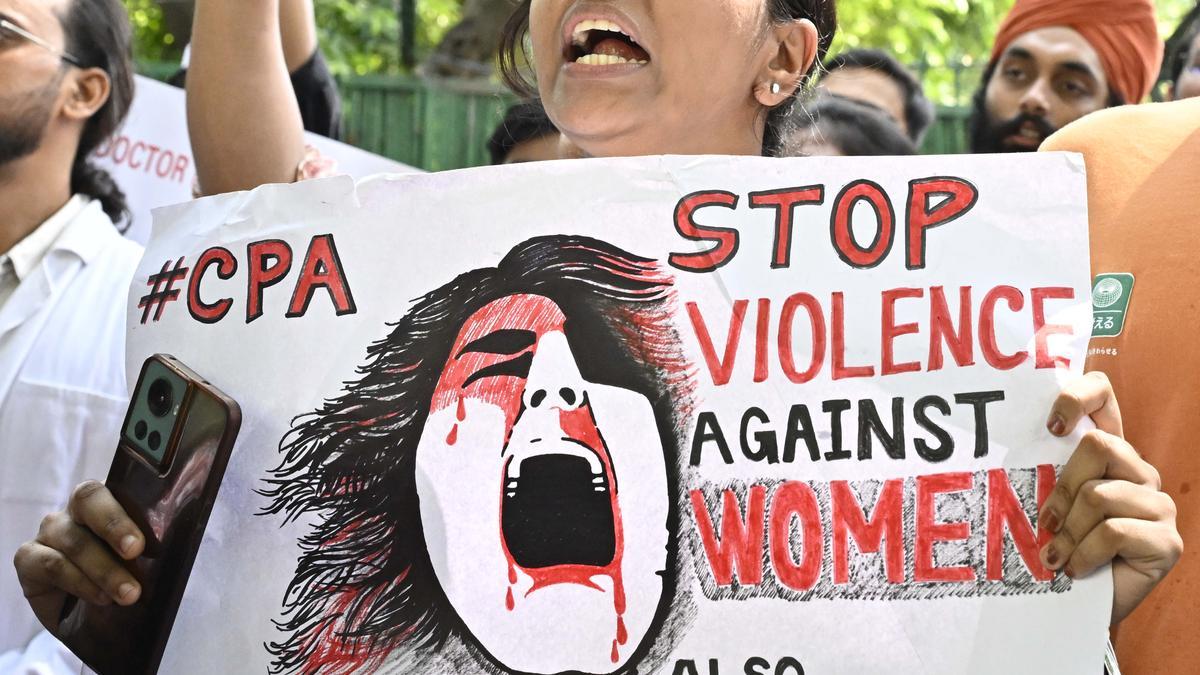Home / editorials / The Population Debate: Finding Balance for India’s Future
The Population Debate: Finding Balance for India’s Future
By: My India Times
4 minutes read 62Updated At: 2024-12-14

India’s population growth and its societal implications have become a focal point of heated discussions in recent times. RSS chief Mohan Bhagwat recently voiced concerns about declining fertility rates in the world’s most populous country. Bhagwat warned that a Total Fertility Rate (TFR) below the replacement level of 2.1 could lead to societal decline and even extinction over time. His proposed solution, “Hum Do, Hamare Teen,” suggests every couple should aim to have at least three children. While his concerns are rooted in preserving societal stability, this perspective opens up a larger conversation about the balance between population growth and sustainable development.
The Current Fertility Landscape in India
India has made tremendous progress in controlling its population growth over the past few decades. The Total Fertility Rate, which measures the average number of children per woman, has fallen significantly. Many states, including southern and western regions, now have TFRs below the replacement level of 2.1. This decline is largely attributed to improved access to contraceptives, greater awareness of family planning, and the rise in women’s education.
However, Bhagwat’s statement touches on an often-overlooked issue—the demographic changes within India’s population. A report from the Economic Advisory Council to the Prime Minister highlighted that while the share of Hindus in the population decreased by 7.82% between 1950 and 2015, the Muslim population grew by 43% during the same period. Such statistics often spark debates on religious demographics, but focusing solely on these numbers oversimplifies a far more complex reality.
Challenges of Reversing Population Decline
While a rising population might sound beneficial in theory, it comes with significant challenges. A larger population puts increased pressure on healthcare systems, education infrastructure, job markets, and natural resources. Several states, including Andhra Pradesh and Telangana, are reconsidering restrictive two-child policies, but the question remains: are India’s resources ready to handle a population surge?
A balanced demographic structure is critical for India’s future. On the one hand, a younger population can drive economic growth, providing a demographic dividend that boosts productivity and innovation. On the other hand, unchecked population growth could lead to unemployment, resource scarcity, and economic inequality, particularly in underdeveloped regions.
Navigating Communal Sensitivities
The population debate often takes a communal turn, with leaders making remarks that stoke tensions. For instance, Prime Minister Narendra Modi’s statement earlier this year about communities with higher fertility rates was seen as a veiled attack on minorities. Such rhetoric risks deepening divides rather than addressing the root issues.
Bhagwat’s call for “three children per couple” raises questions: Is this recommendation directed at all communities, or is it meant for specific groups? Policies or statements perceived as targeting particular demographics could harm India’s social fabric, undermining the nation’s unity.
Leaders must tread carefully, avoiding divisive language and focusing instead on inclusive policies that address the needs of all citizens, regardless of religion or region.
Solutions for a Sustainable Future
India needs a multi-pronged approach to address its population challenges. Here are some steps policymakers can take:
- Empower Women Through Education: Educated women tend to have fewer children and make better healthcare decisions, benefiting the family and society at large.
- Improve Access to Family Planning: Providing affordable and accessible contraceptive options is essential, particularly in rural areas where resources are limited.
- Strengthen Healthcare Systems: Investment in maternal and child healthcare can ensure that smaller families thrive, reducing the need for population increases.
- Focus on Employment Opportunities: A young population is an asset only if job creation matches the demand. Expanding skill development programs can help address unemployment.
- Encourage Dialogue, Not Division: Political and religious leaders must promote unity and work towards solutions that benefit all communities equally.
A Balanced Perspective
India’s population debate isn’t just about numbers; it’s about striking the right balance between growth and sustainability. While concerns over declining fertility rates are valid, they must be weighed against the country’s ability to provide quality education, healthcare, and employment opportunities for its citizens.
As India’s demographic trends evolve, leaders and policymakers should focus on creating an environment where all citizens—regardless of community—can prosper. Rather than stoking fears or playing the numbers game, the emphasis should be on fostering inclusivity and addressing the structural challenges that come with population dynamics.
Bhagwat’s remarks may spark important discussions, but the solution lies not in increasing family size arbitrarily but in ensuring every individual has the opportunity to lead a fulfilling and productive life. Only by prioritizing education, healthcare, and economic stability can India navigate its population challenges and secure a prosperous future for all.
....India’s population growth and its societal implications have become a focal point of heated discussions in recent times. RSS chief Mohan Bhagwat recently voiced concerns about declining fertility rates in the world’s most populous country. Bhagwat warned that a Total Fertility Rate (TFR) below the replacement level of 2.1 could lead to societal decline and even extinction over time. His proposed solution, “Hum Do, Hamare Teen,” suggests every couple should aim to have at least three children. While his concerns are rooted in preserving societal stability, this perspective opens up a larger conversation about the balance between population growth and sustainable development.
The Current Fertility Landscape in India
India has made tremendous progress in controlling its population growth over the past few decades. The Total Fertility Rate, which measures the average number of children per woman, has fallen significantly. Many states, including southern and western regions, now have TFRs below the replacement level of 2.1. This decline is largely attributed to improved access to contraceptives, greater awareness of family planning, and the rise in women’s education.
However, Bhagwat’s statement touches on an often-overlooked issue—the demographic changes within India’s population. A report from the Economic Advisory Council to the Prime Minister highlighted that while the share of Hindus in the population decreased by 7.82% between 1950 and 2015, the Muslim population grew by 43% during the same period. Such statistics often spark debates on religious demographics, but focusing solely on these numbers oversimplifies a far more complex reality.
Challenges of Reversing Population Decline
While a rising population might sound beneficial in theory, it comes with significant challenges. A larger population puts increased pressure on healthcare systems, education infrastructure, job markets, and natural resources. Several states, including Andhra Pradesh and Telangana, are reconsidering restrictive two-child policies, but the question remains: are India’s resources ready to handle a population surge?
A balanced demographic structure is critical for India’s future. On the one hand, a younger population can drive economic growth, providing a demographic dividend that boosts productivity and innovation. On the other hand, unchecked population growth could lead to unemployment, resource scarcity, and economic inequality, particularly in underdeveloped regions.
Navigating Communal Sensitivities
The population debate often takes a communal turn, with leaders making remarks that stoke tensions. For instance, Prime Minister Narendra Modi’s statement earlier this year about communities with higher fertility rates was seen as a veiled attack on minorities. Such rhetoric risks deepening divides rather than addressing the root issues.
Bhagwat’s call for “three children per couple” raises questions: Is this recommendation directed at all communities, or is it meant for specific groups? Policies or statements perceived as targeting particular demographics could harm India’s social fabric, undermining the nation’s unity.
Leaders must tread carefully, avoiding divisive language and focusing instead on inclusive policies that address the needs of all citizens, regardless of religion or region.
Solutions for a Sustainable Future
India needs a multi-pronged approach to address its population challenges. Here are some steps policymakers can take:
- Empower Women Through Education: Educated women tend to have fewer children and make better healthcare decisions, benefiting the family and society at large.
- Improve Access to Family Planning: Providing affordable and accessible contraceptive options is essential, particularly in rural areas where resources are limited.
- Strengthen Healthcare Systems: Investment in maternal and child healthcare can ensure that smaller families thrive, reducing the need for population increases.
- Focus on Employment Opportunities: A young population is an asset only if job creation matches the demand. Expanding skill development programs can help address unemployment.
- Encourage Dialogue, Not Division: Political and religious leaders must promote unity and work towards solutions that benefit all communities equally.
A Balanced Perspective
India’s population debate isn’t just about numbers; it’s about striking the right balance between growth and sustainability. While concerns over declining fertility rates are valid, they must be weighed against the country’s ability to provide quality education, healthcare, and employment opportunities for its citizens.
As India’s demographic trends evolve, leaders and policymakers should focus on creating an environment where all citizens—regardless of community—can prosper. Rather than stoking fears or playing the numbers game, the emphasis should be on fostering inclusivity and addressing the structural challenges that come with population dynamics.
Bhagwat’s remarks may spark important discussions, but the solution lies not in increasing family size arbitrarily but in ensuring every individual has the opportunity to lead a fulfilling and productive life. Only by prioritizing education, healthcare, and economic stability can India navigate its population challenges and secure a prosperous future for all.
By: My India Times
Updated At: 2024-12-14
Tags: editorials News | My India Times News | Trending News | Travel News
Join our WhatsApp Channel




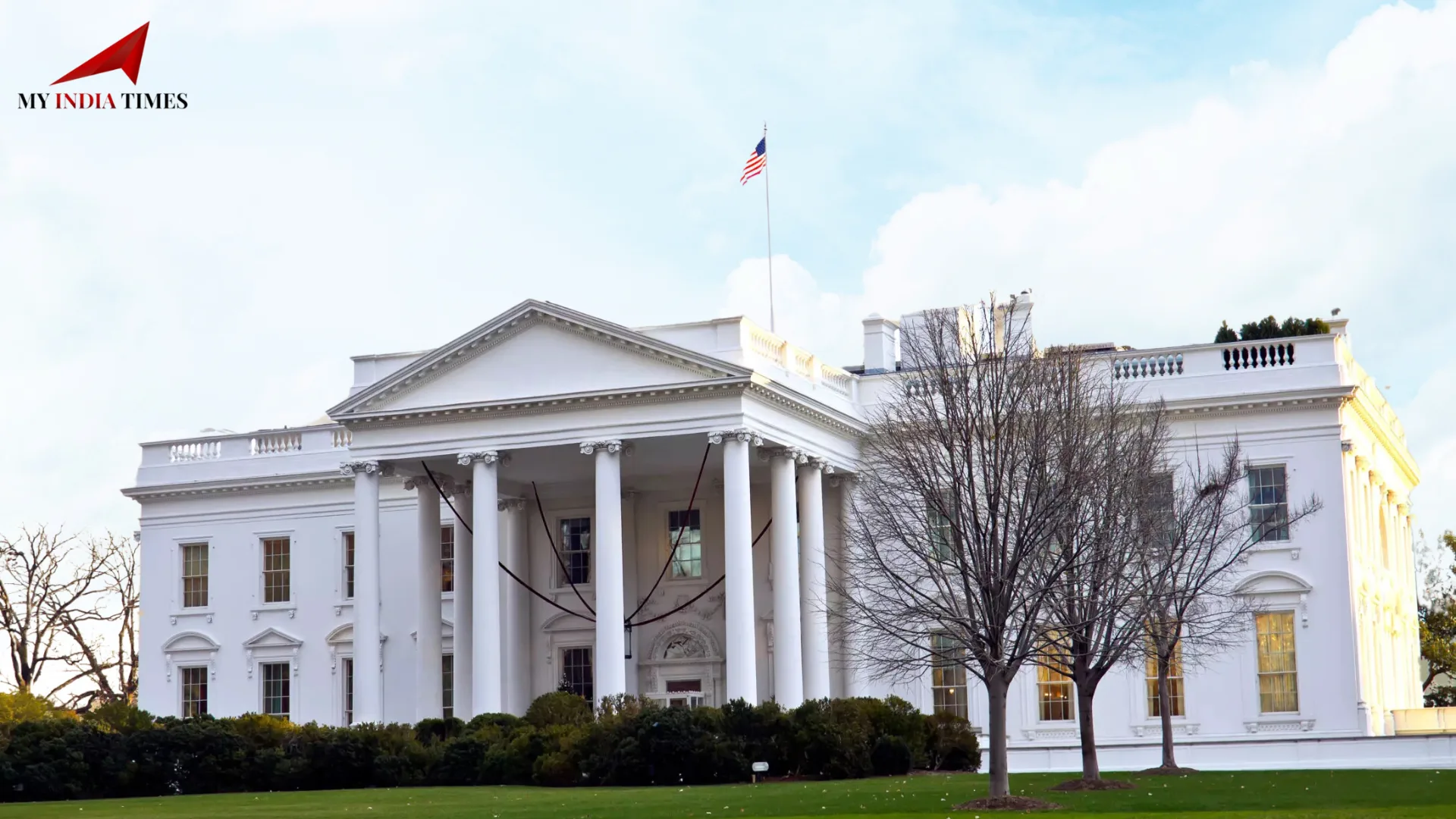

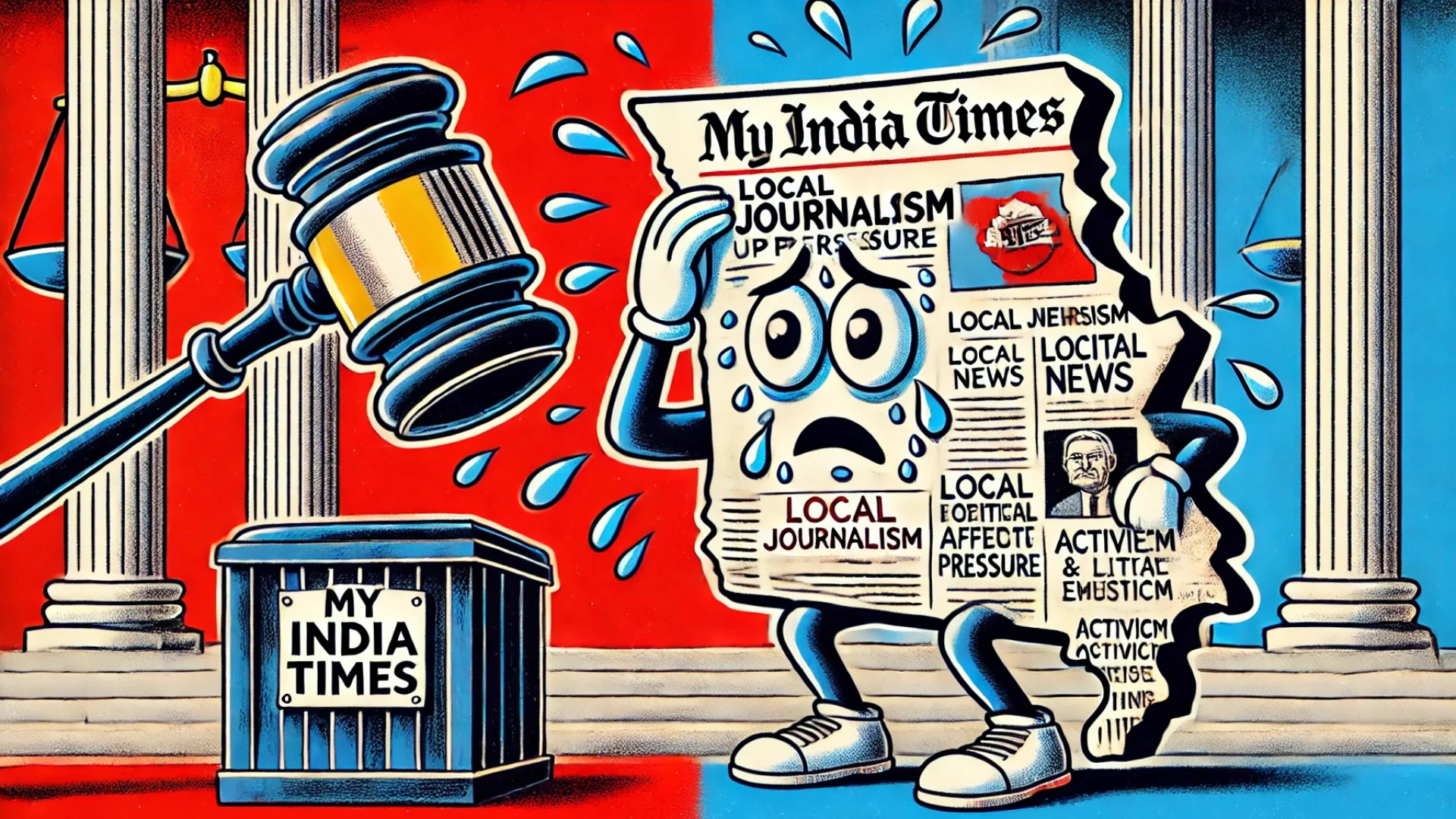
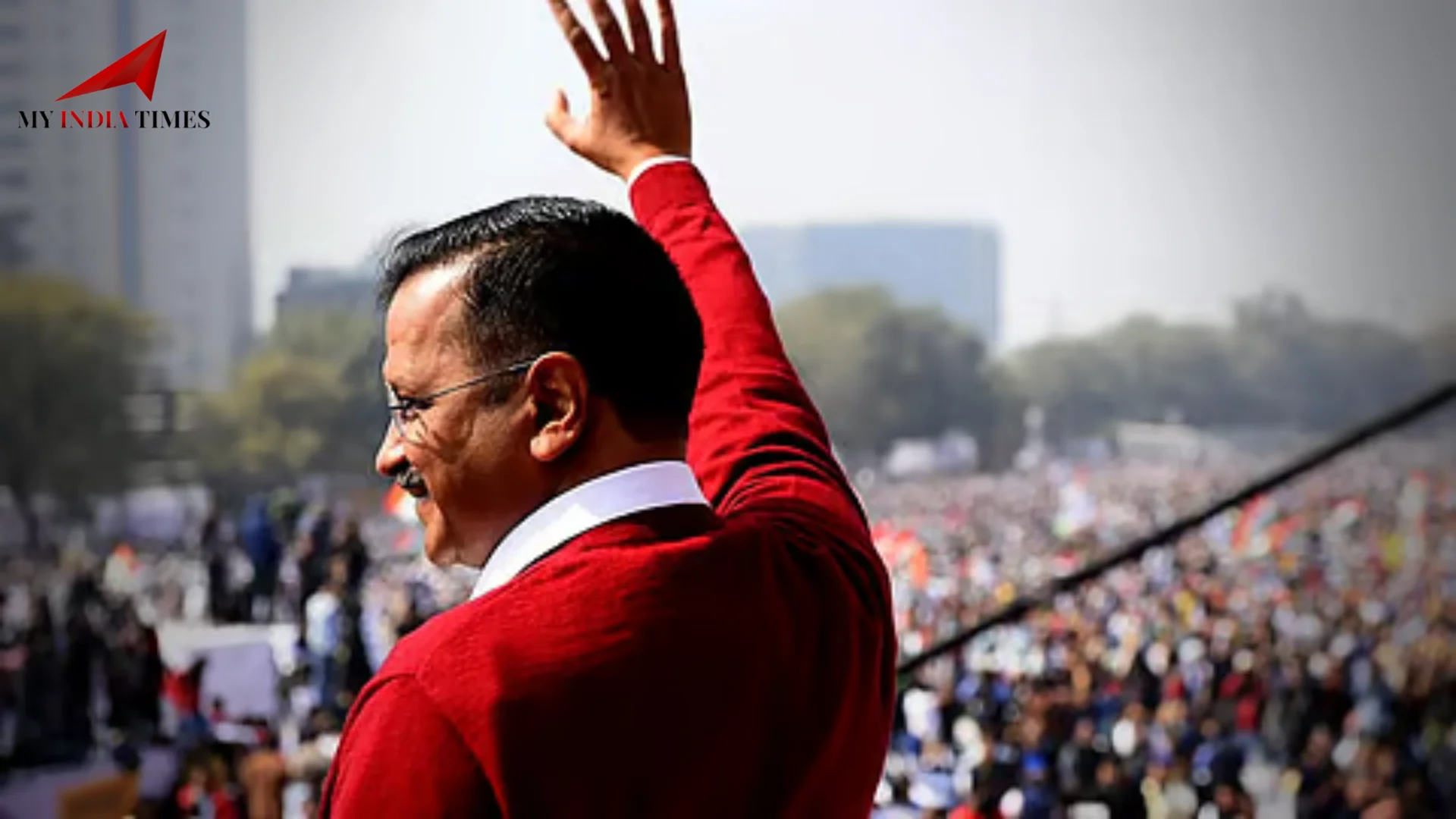

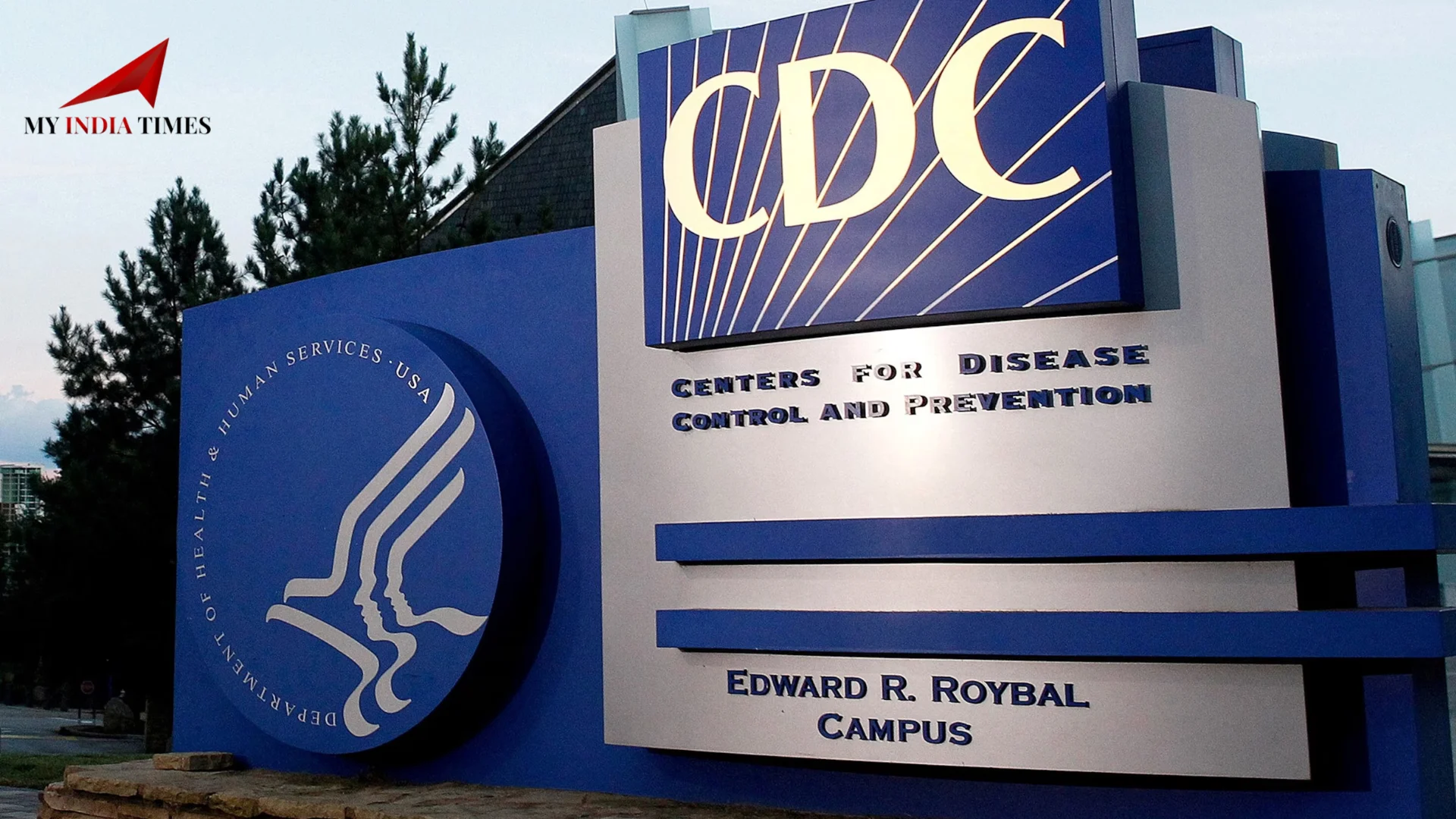
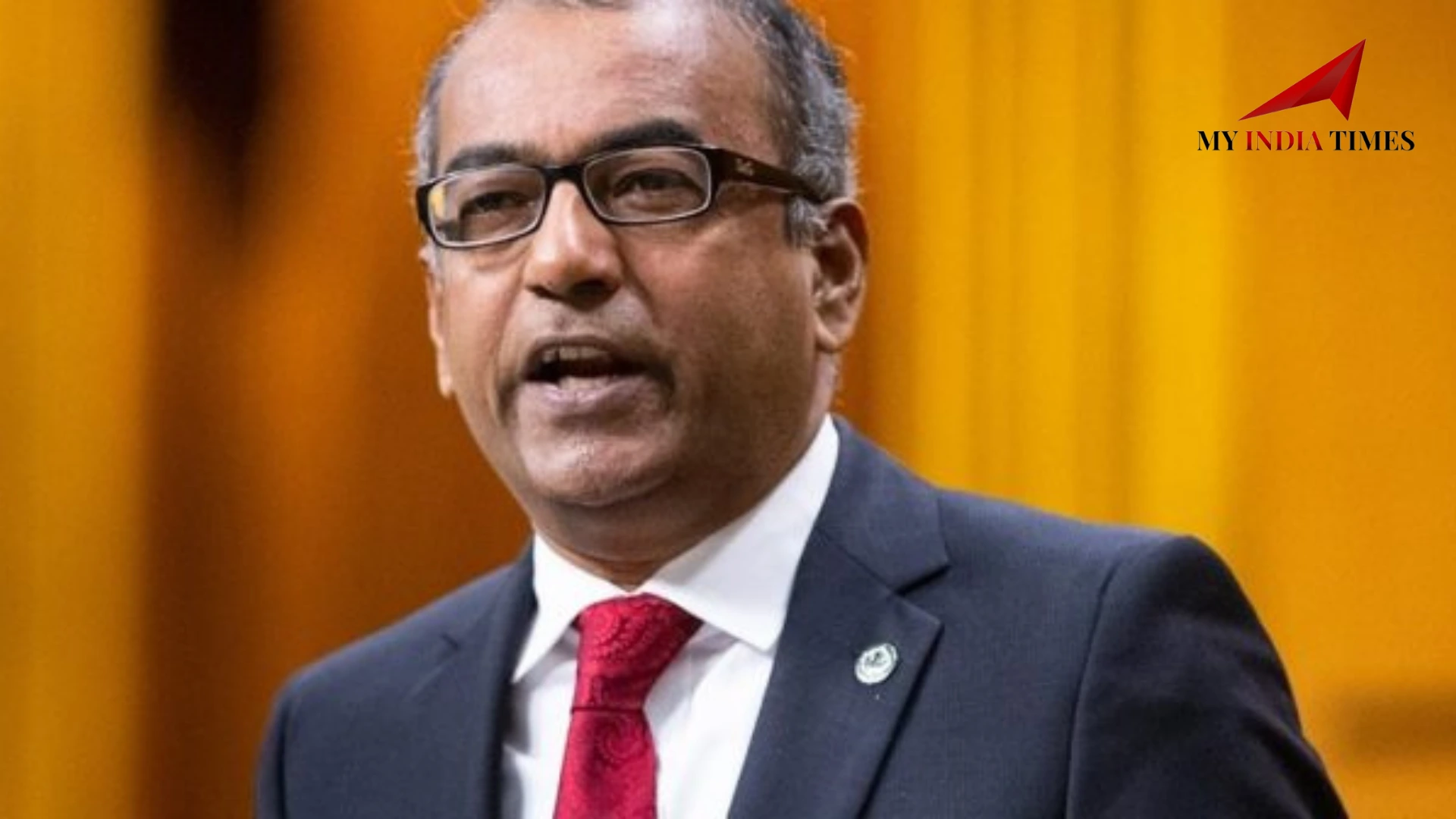
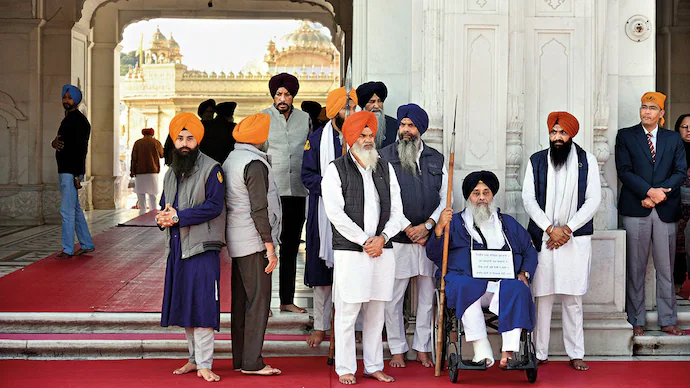
























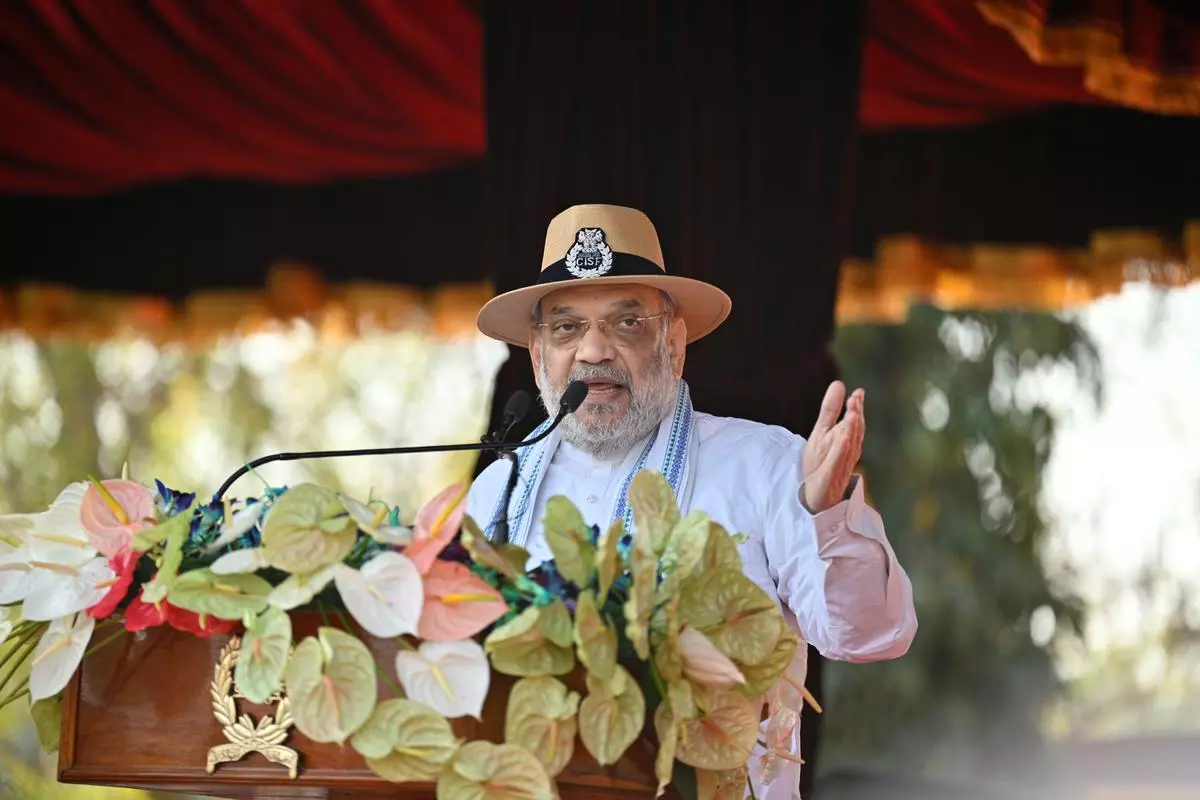





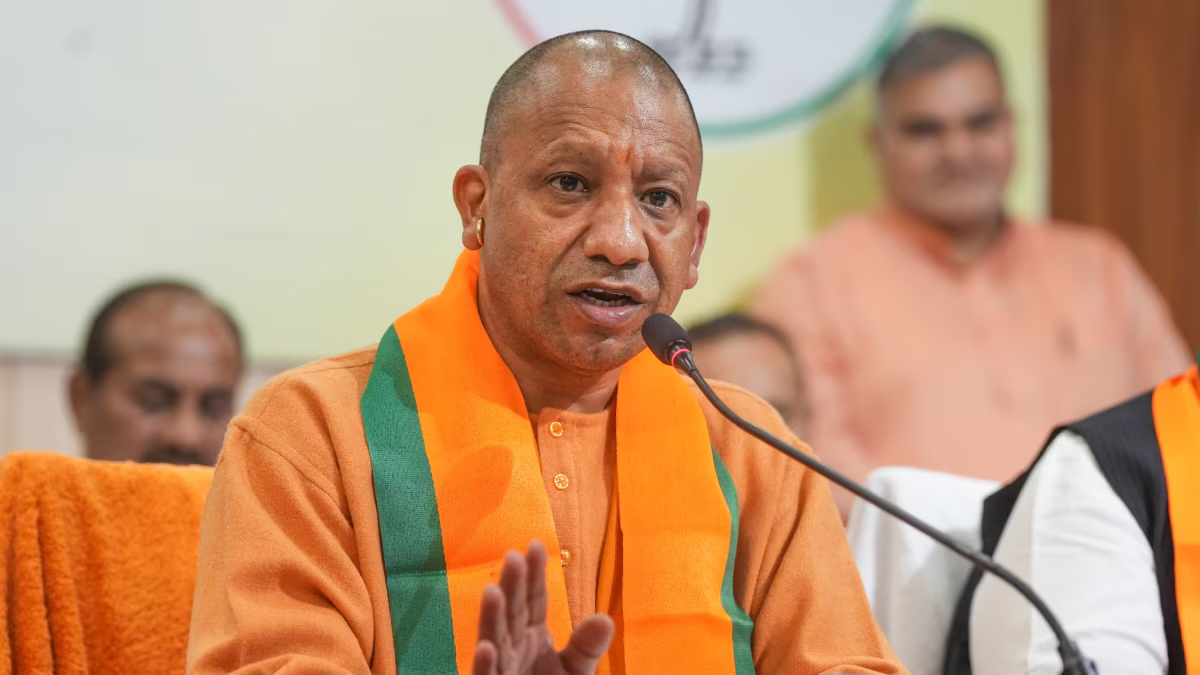


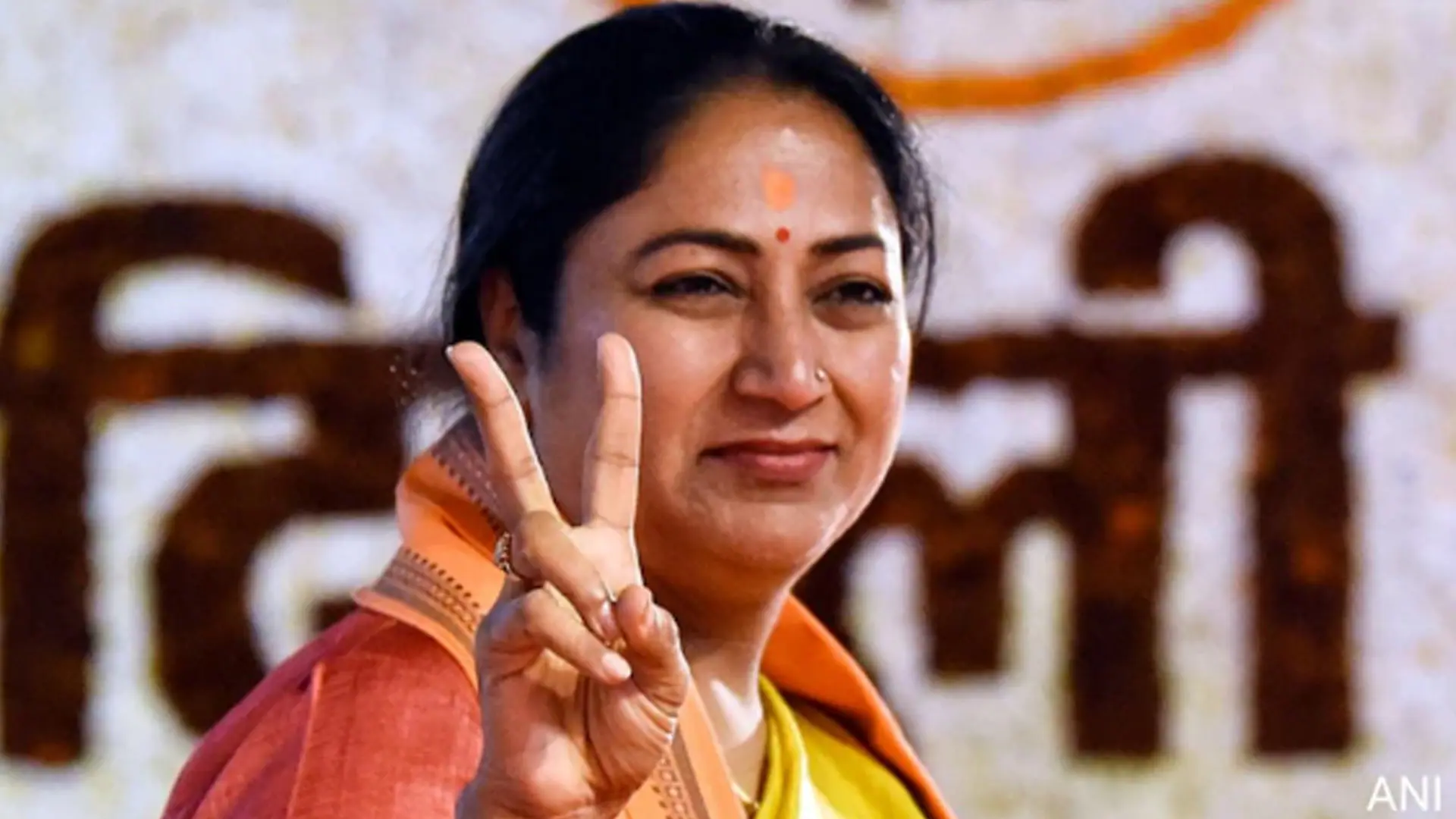

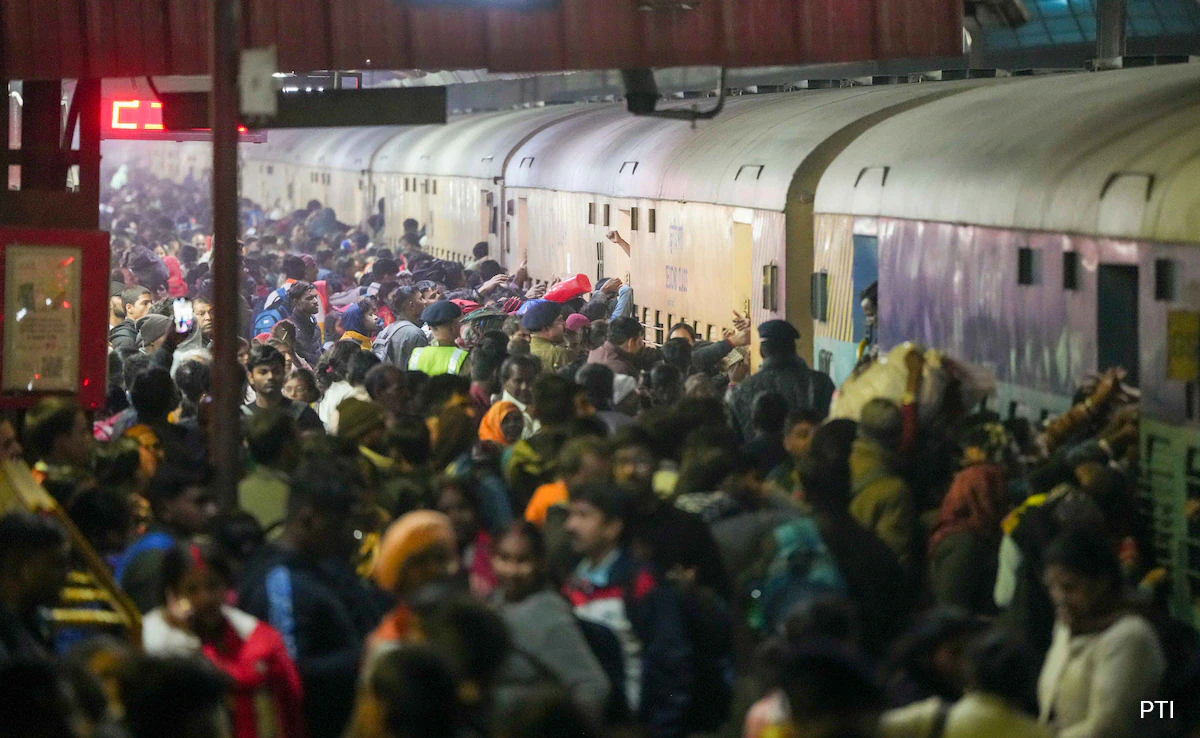

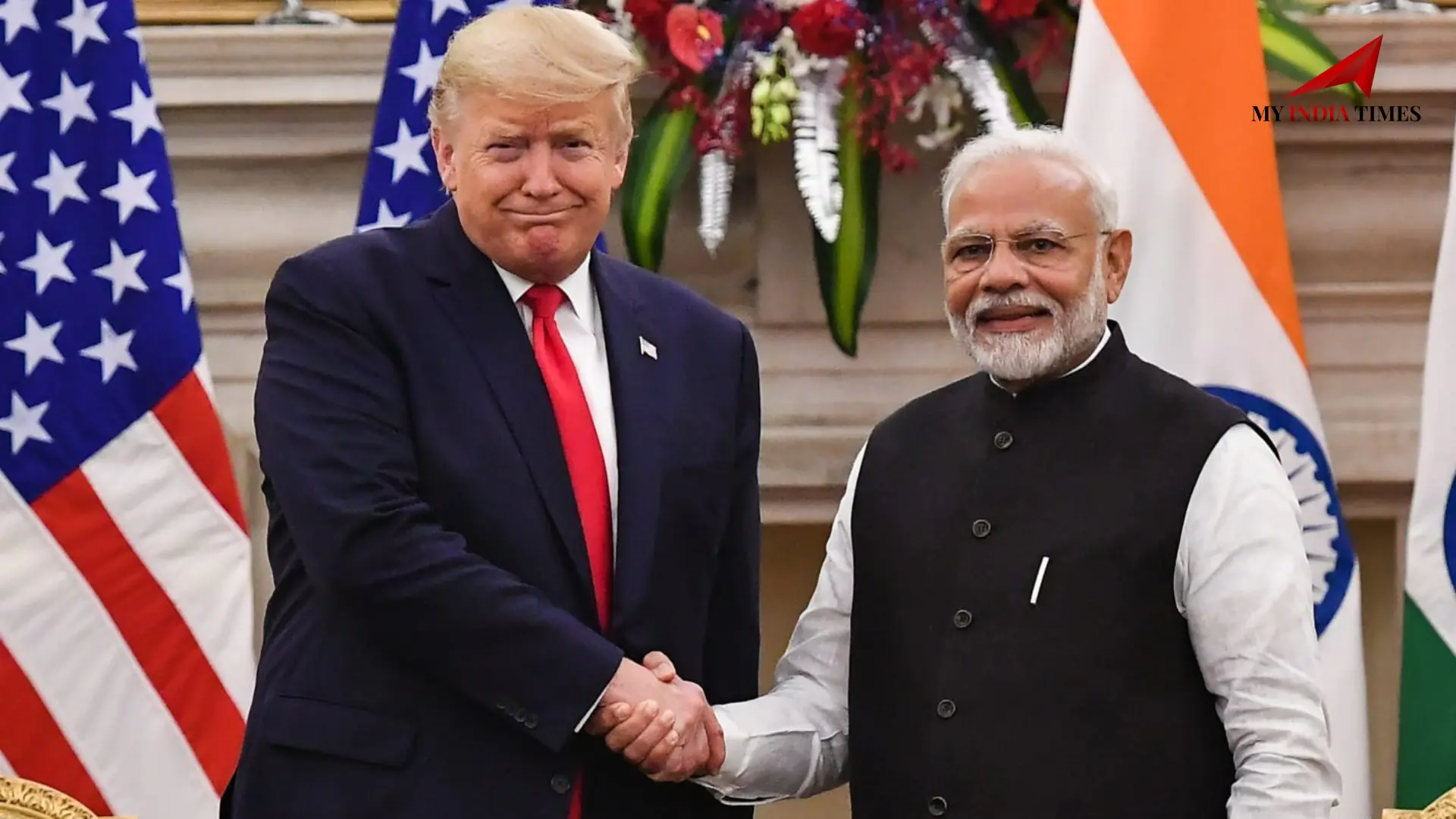

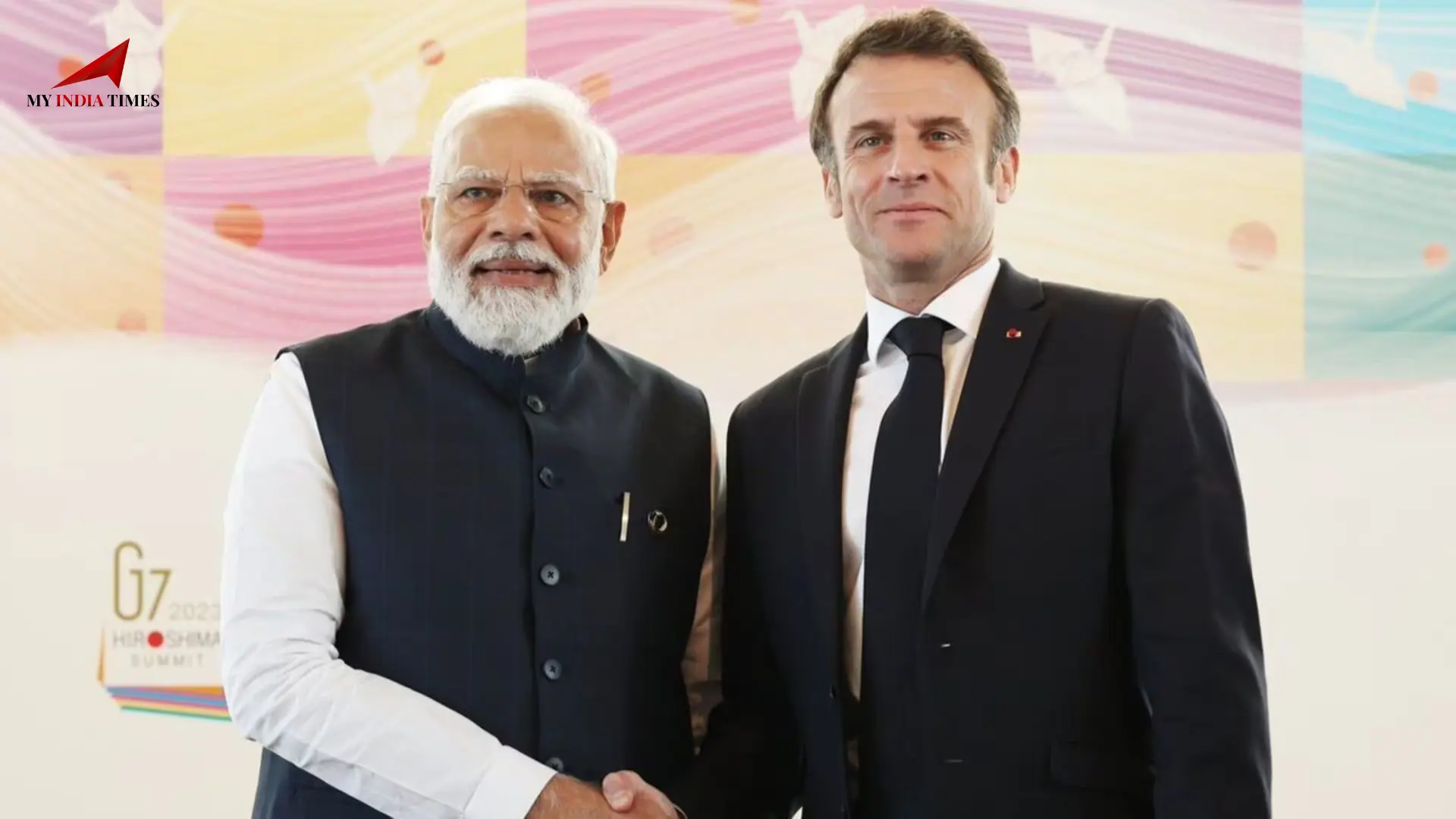






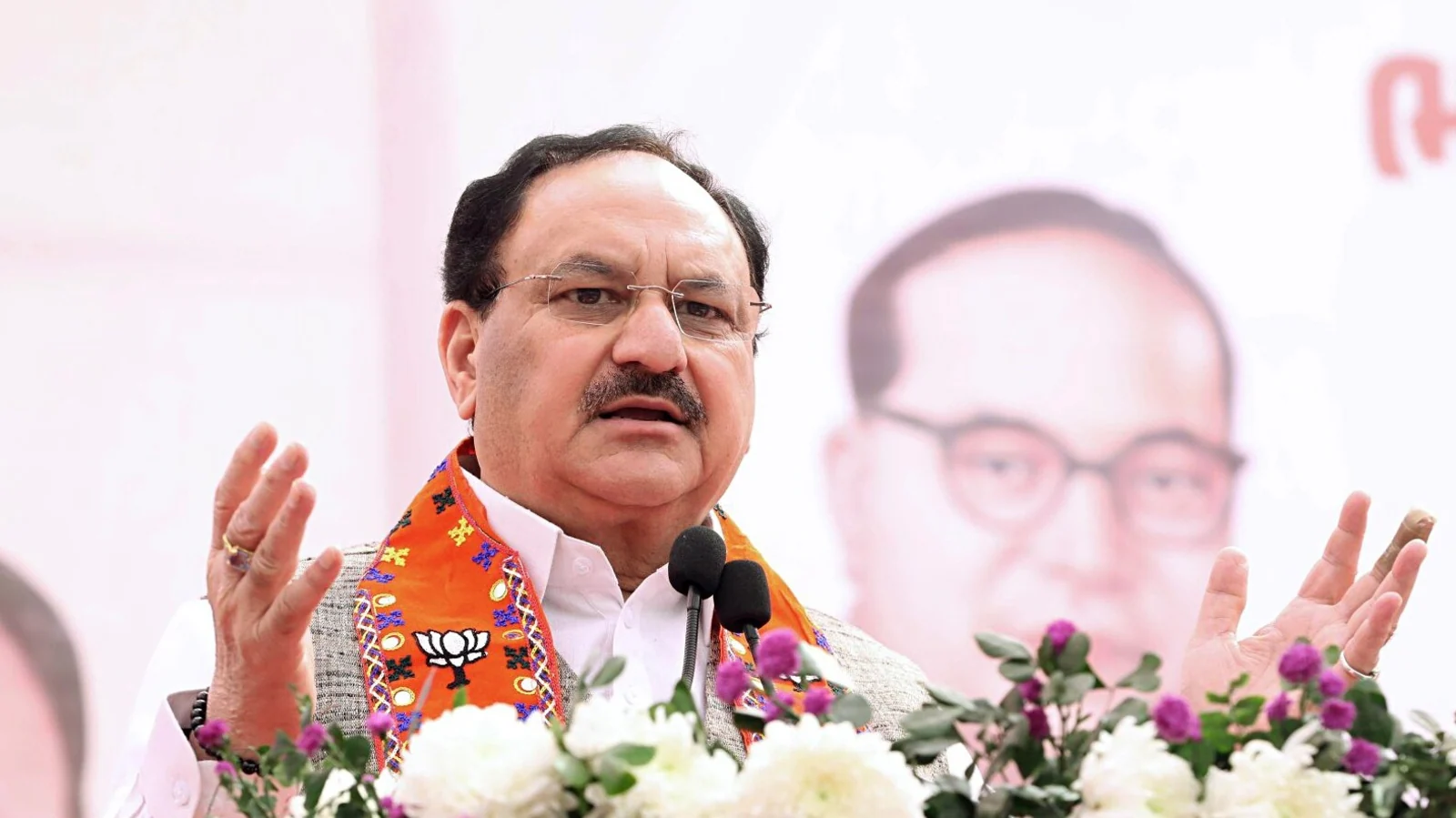
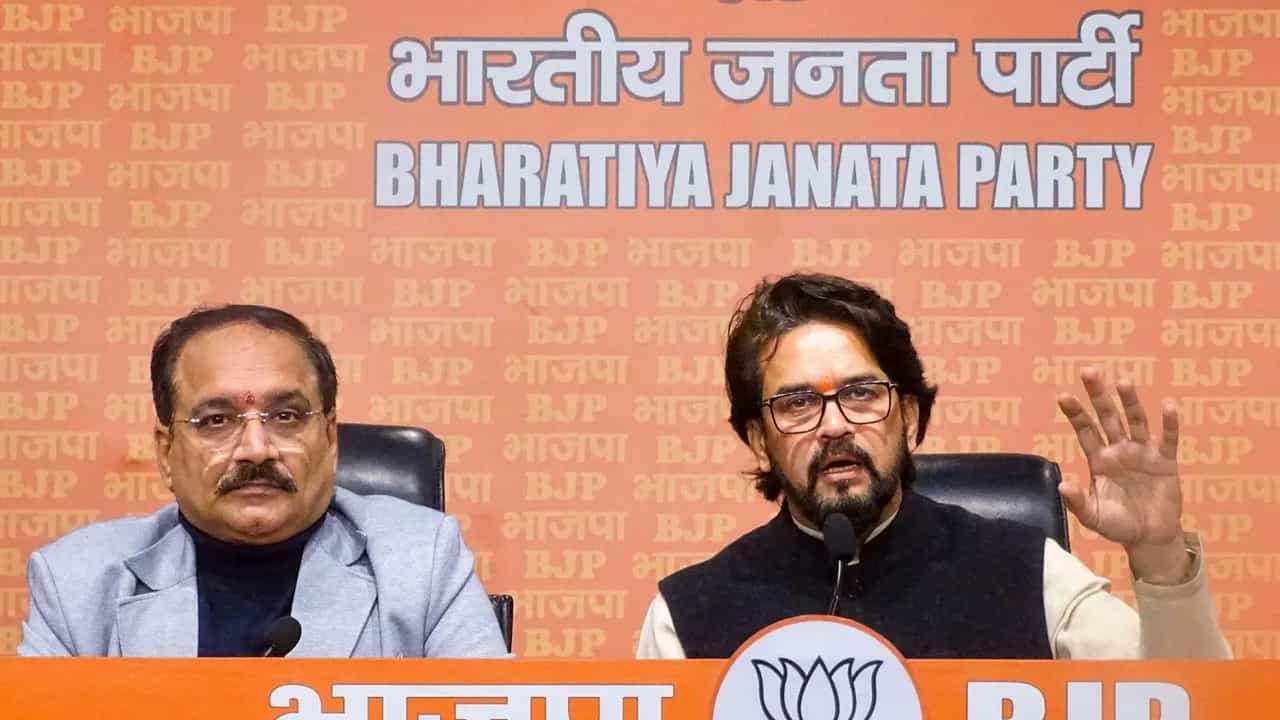


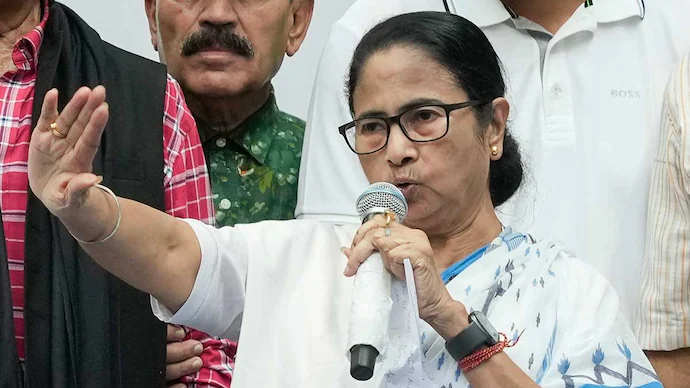





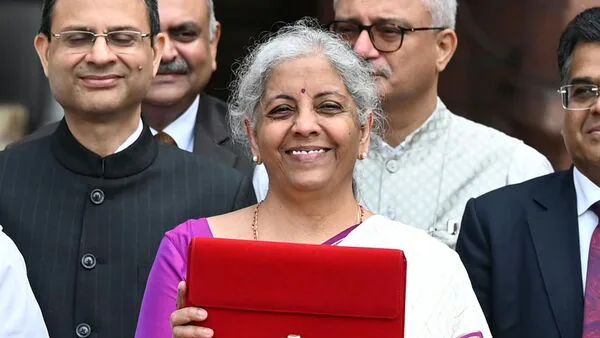
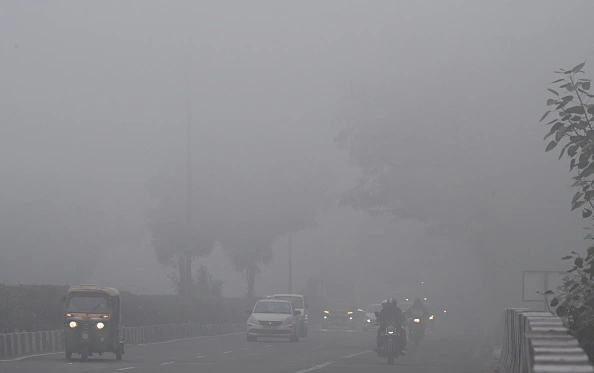
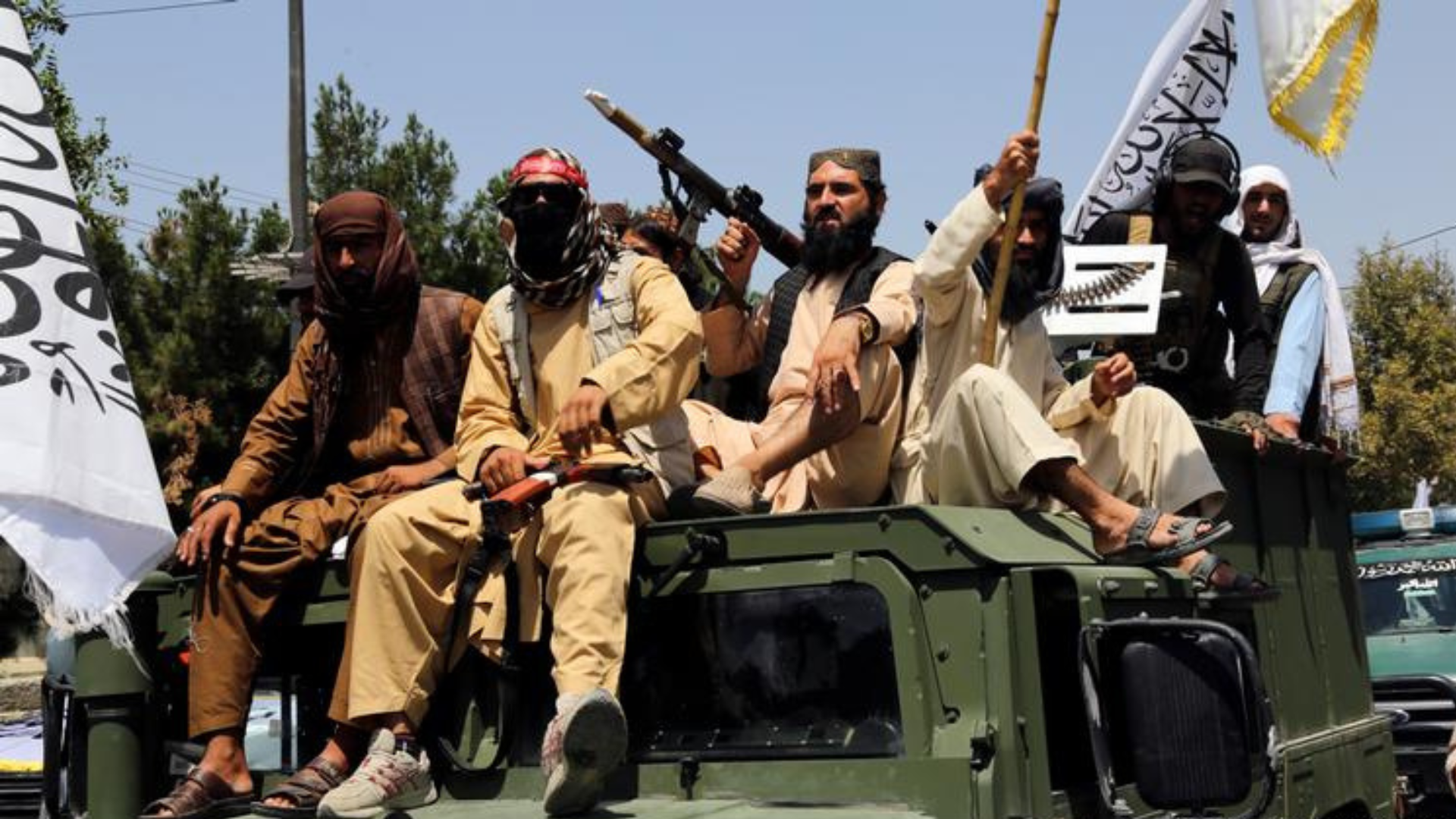







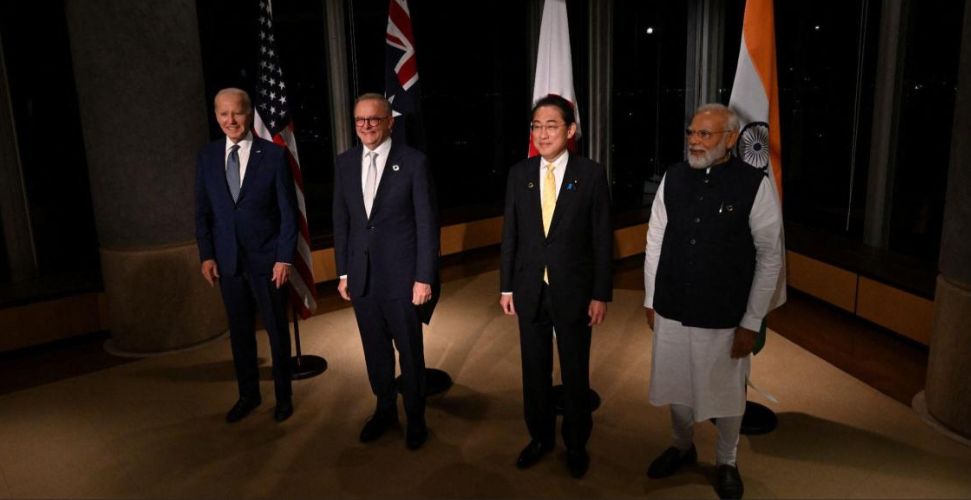
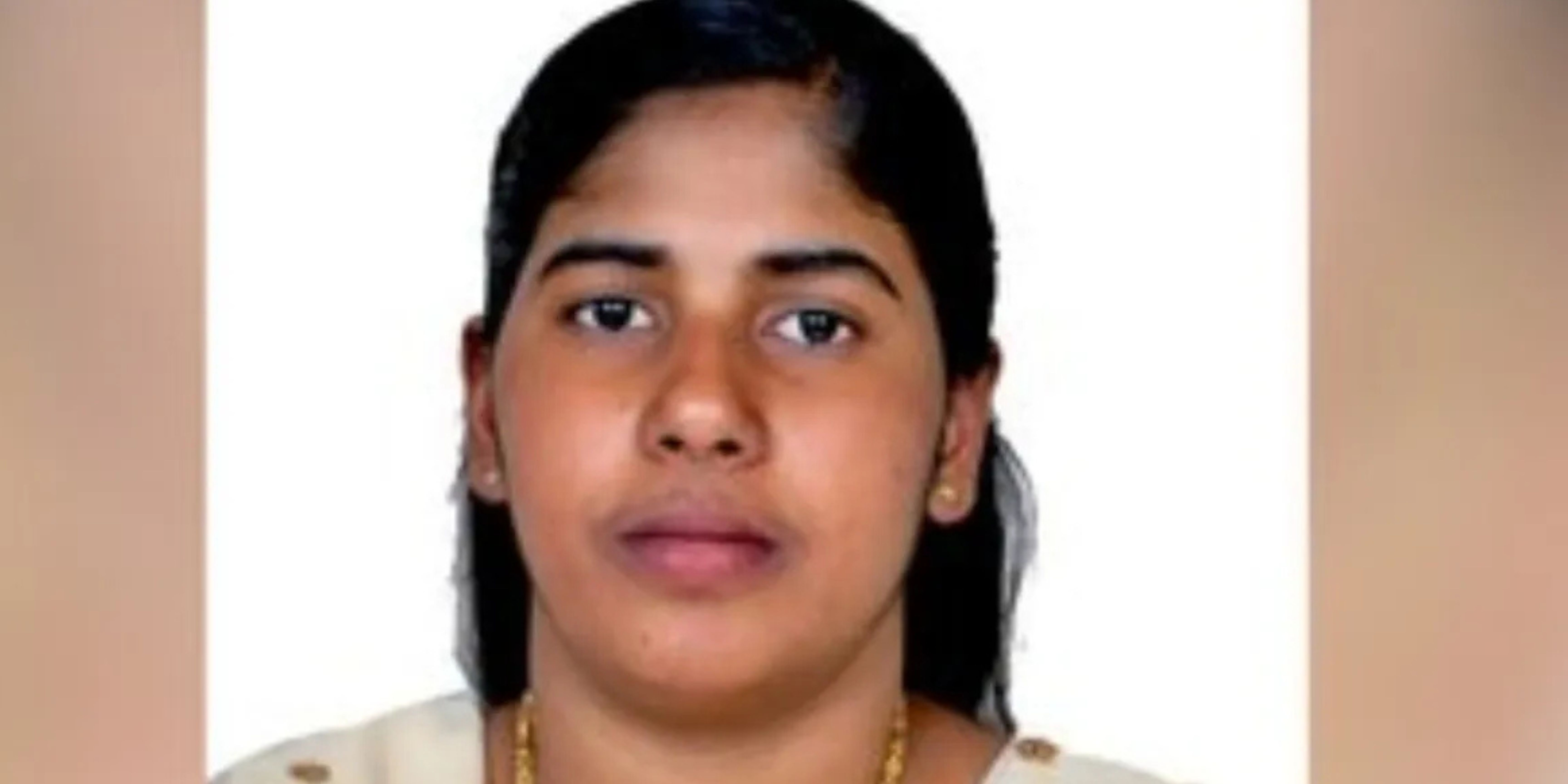

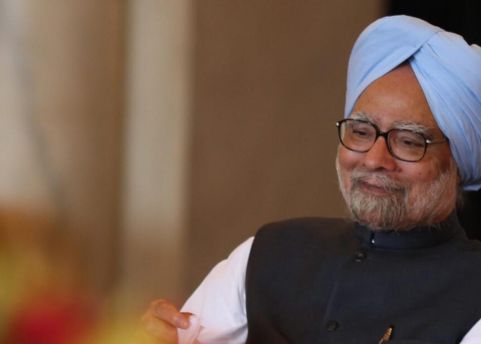

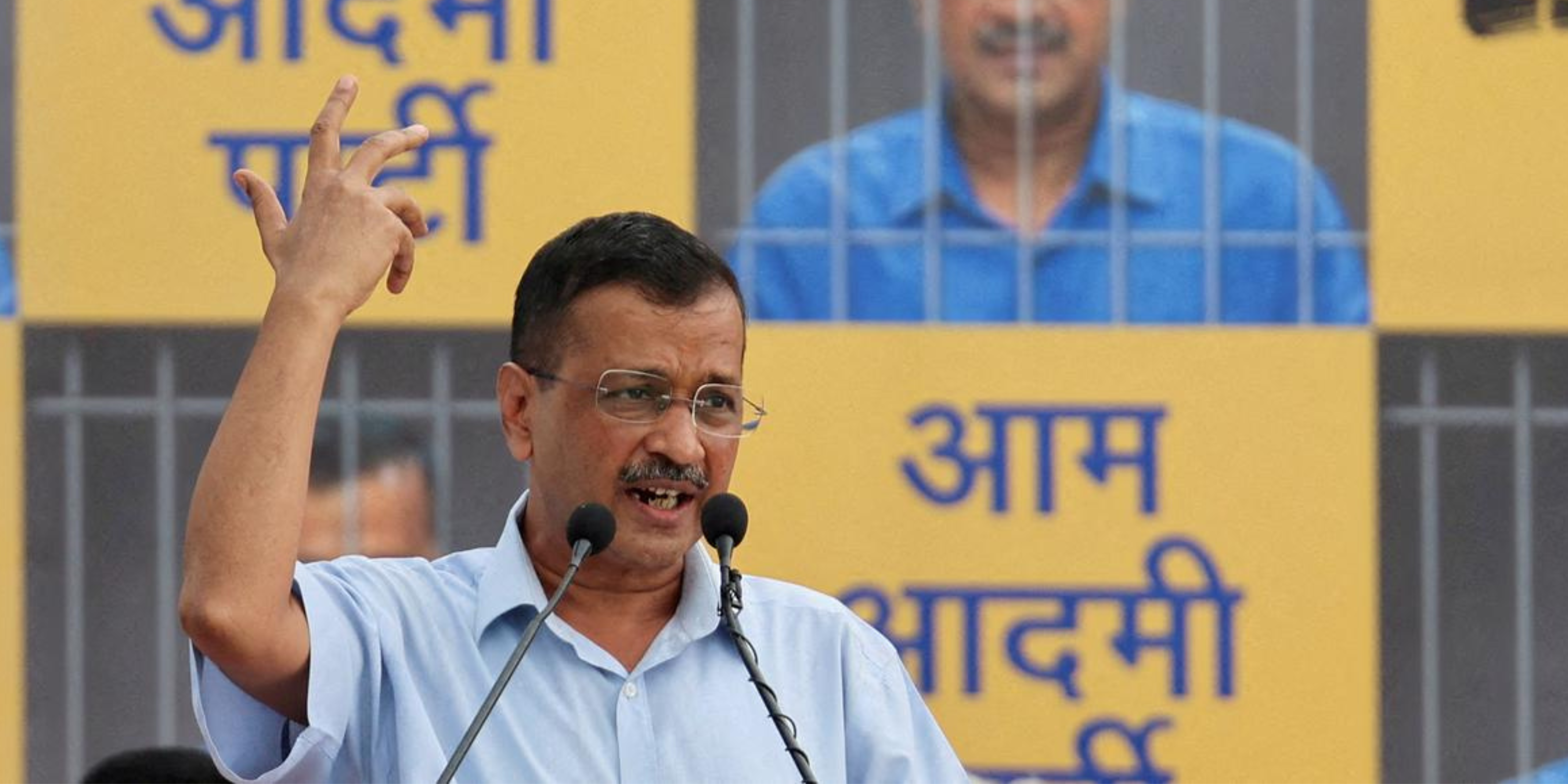

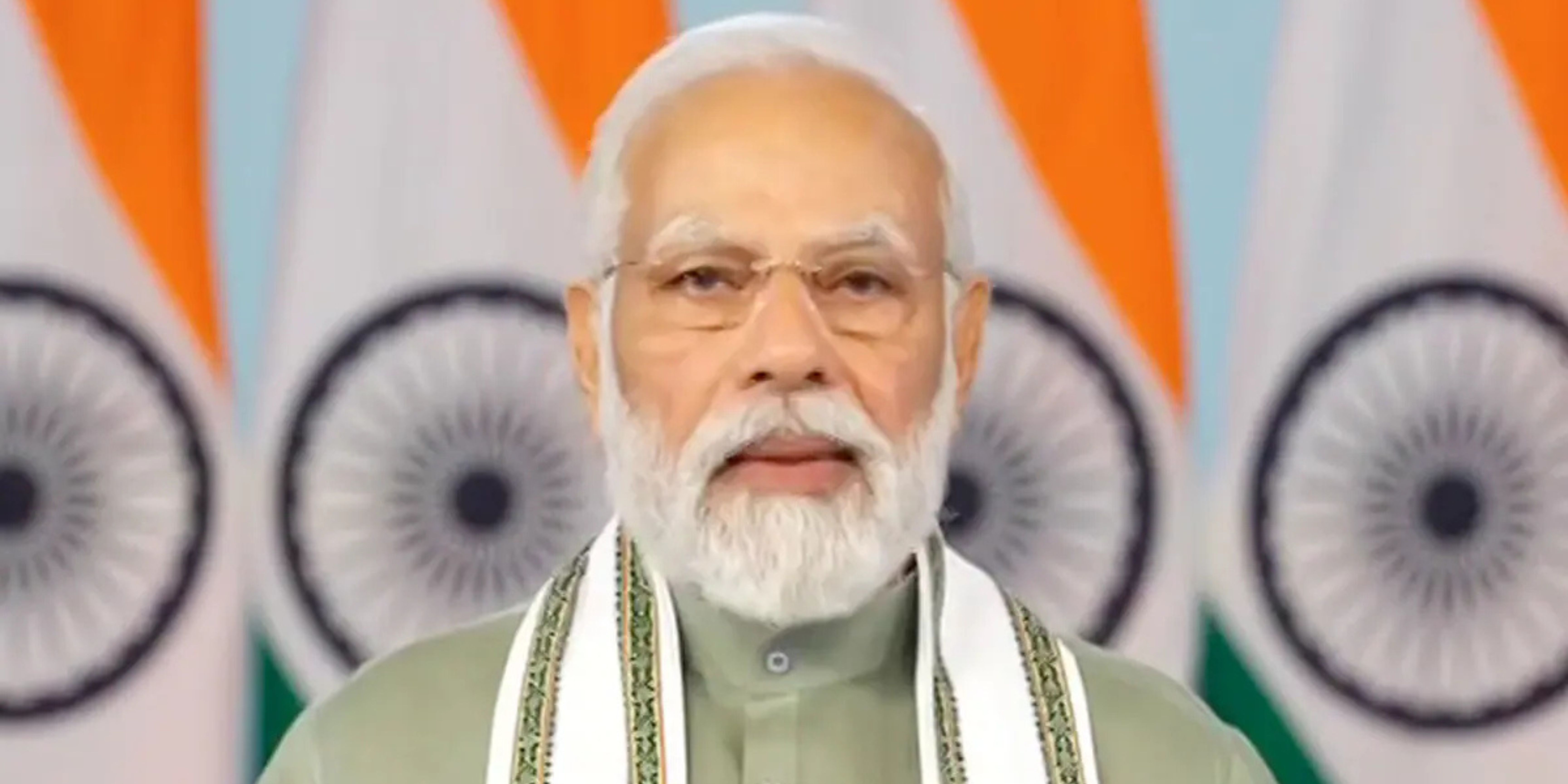





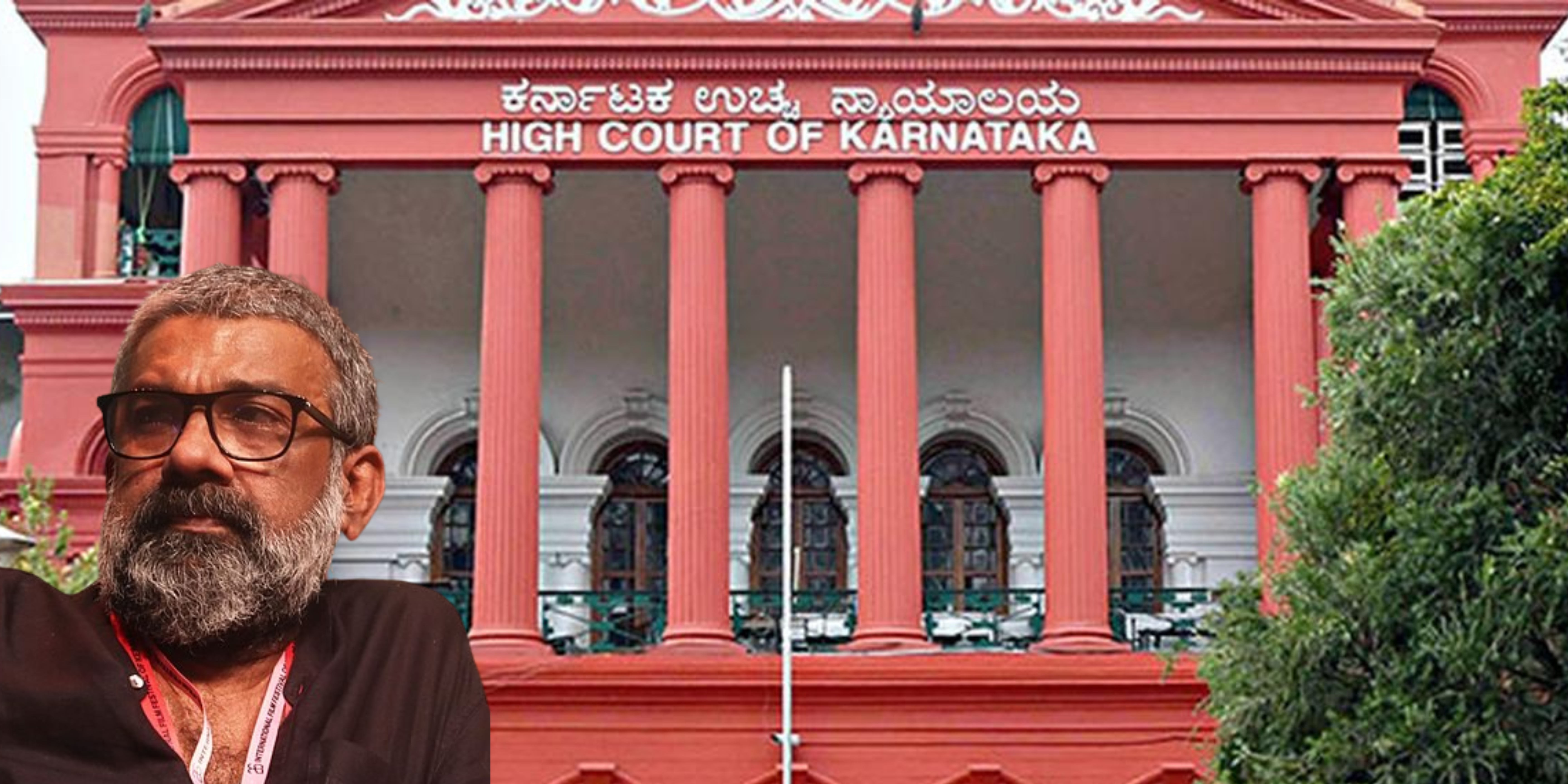
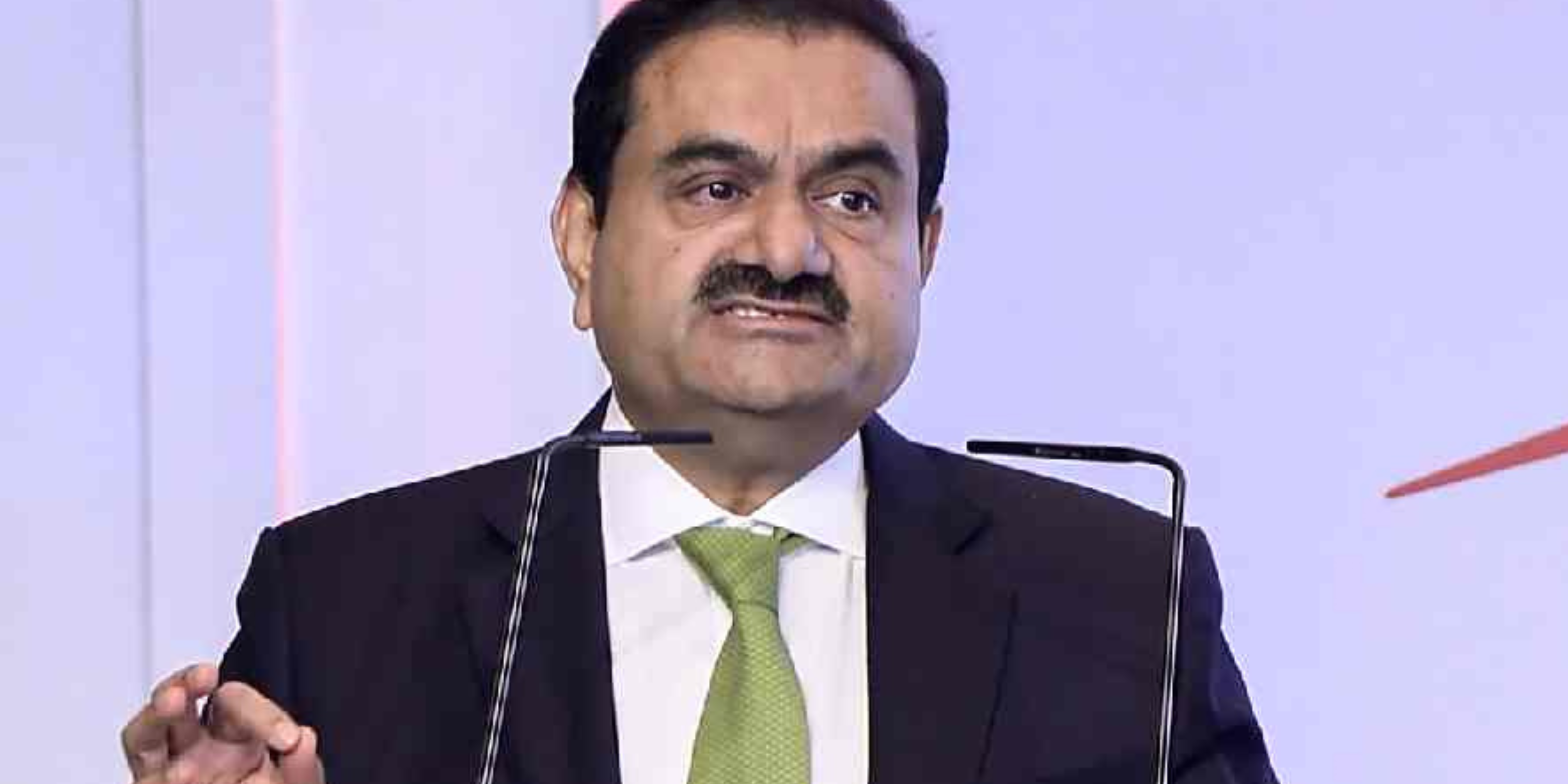



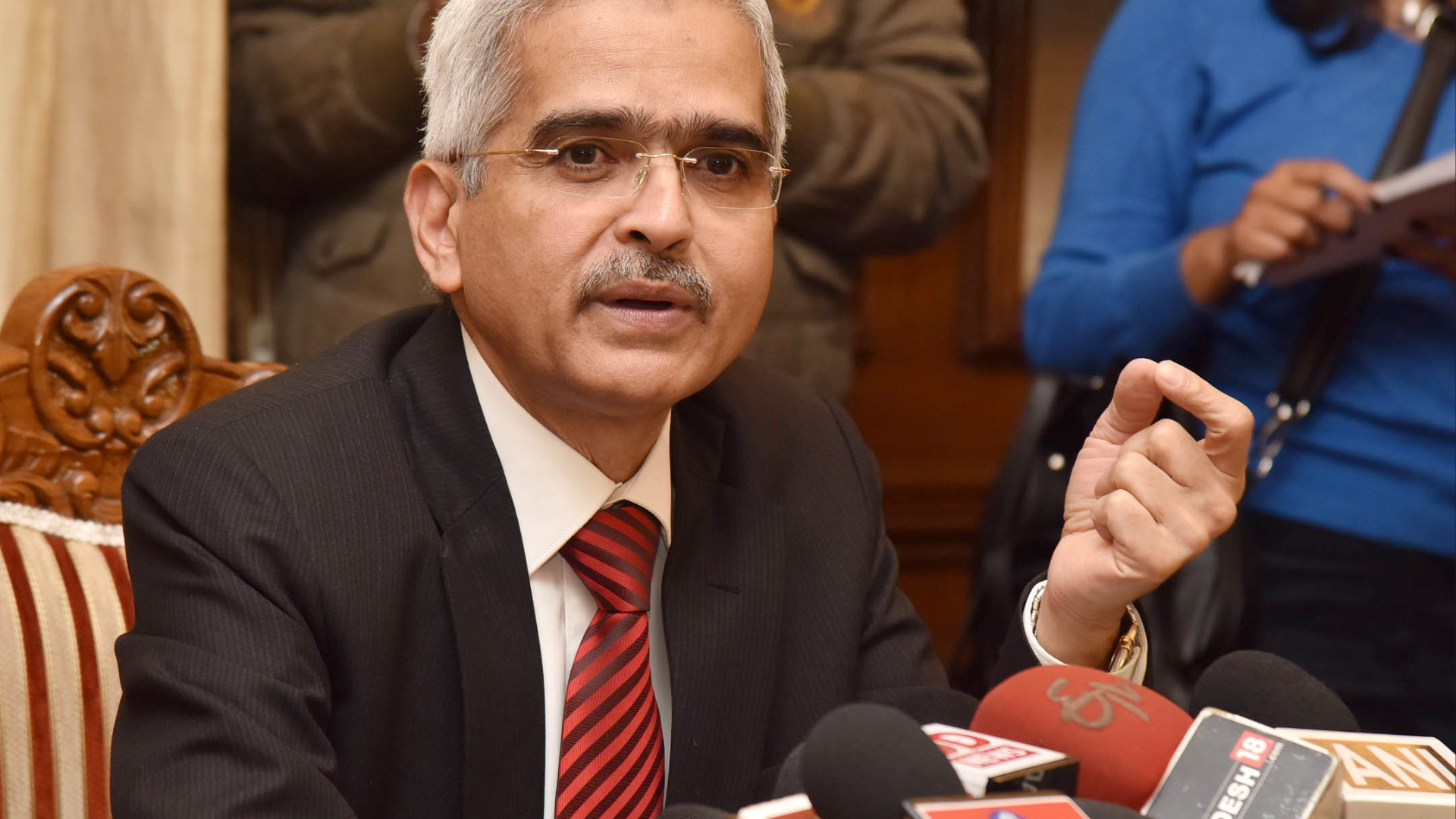

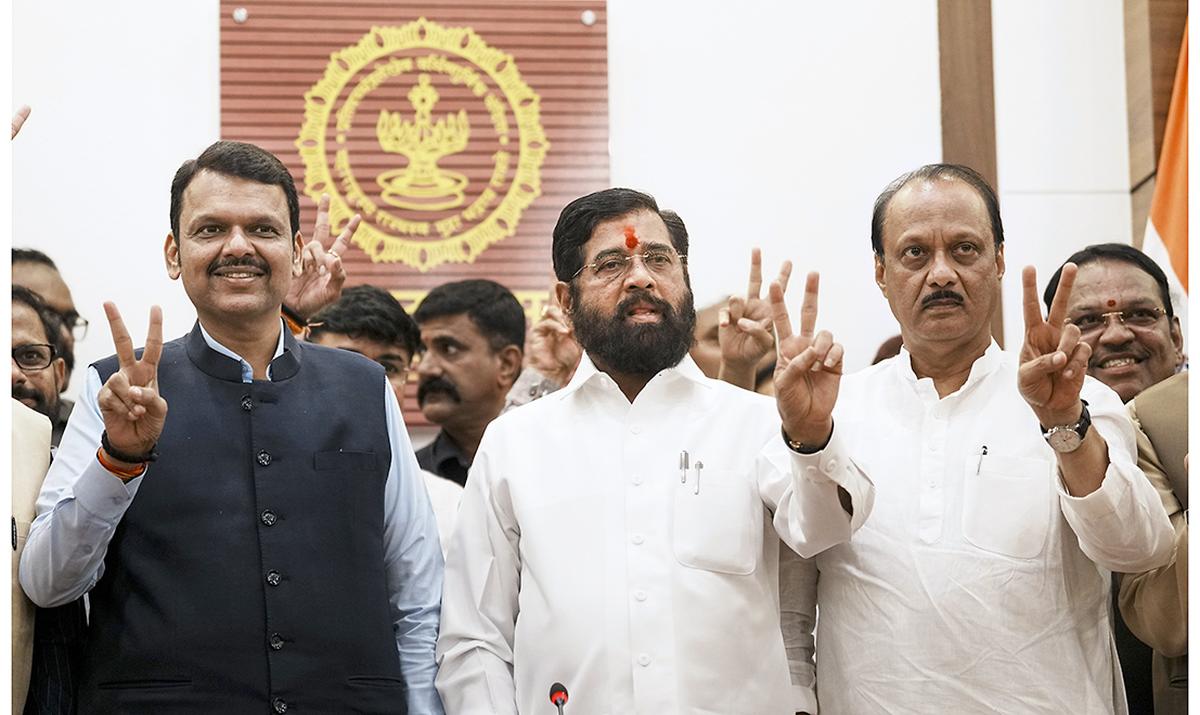
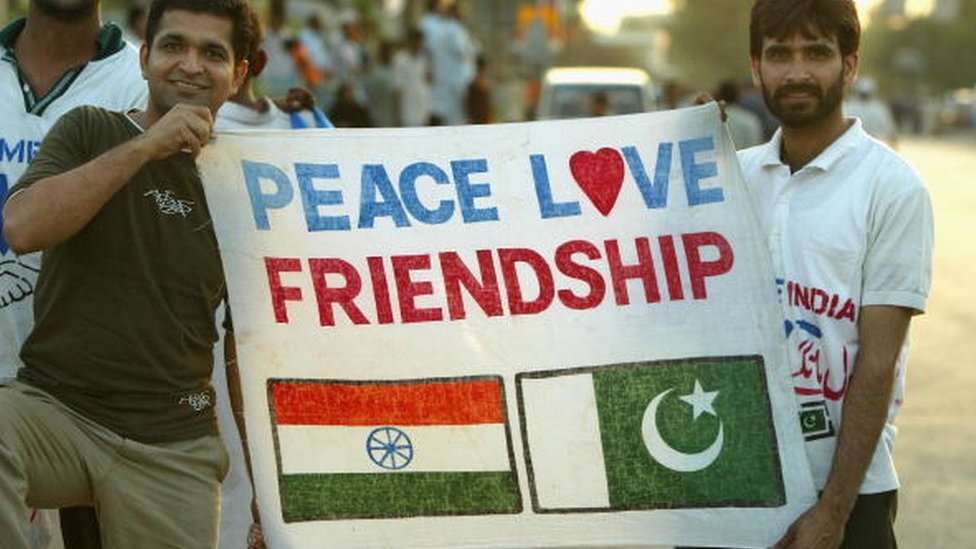



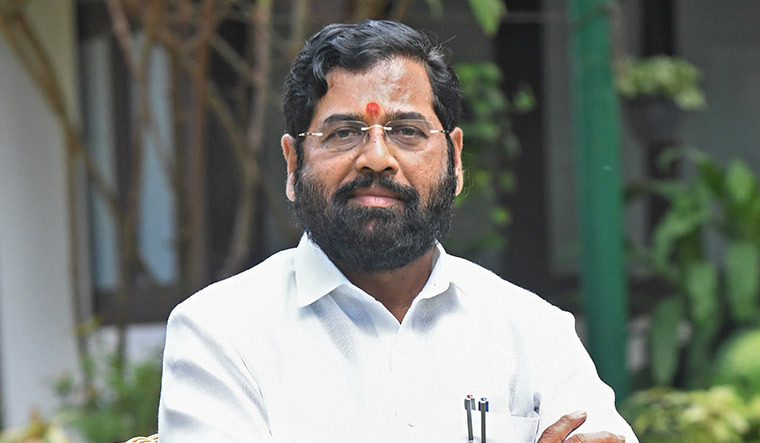
.png)
 (1).png)

